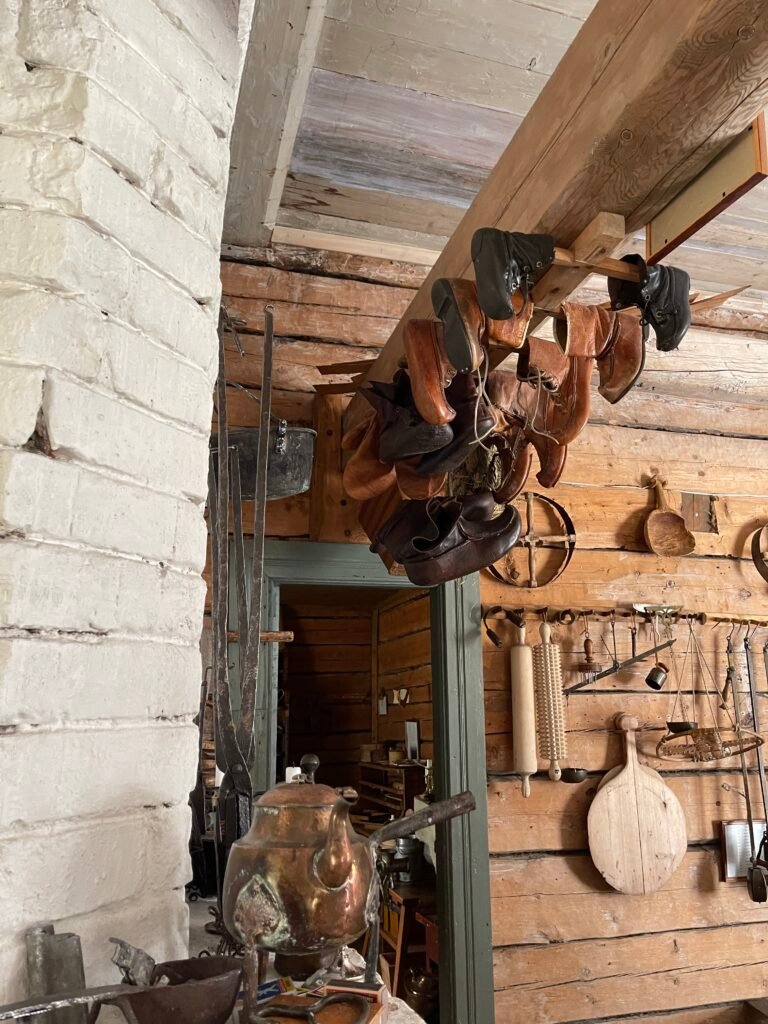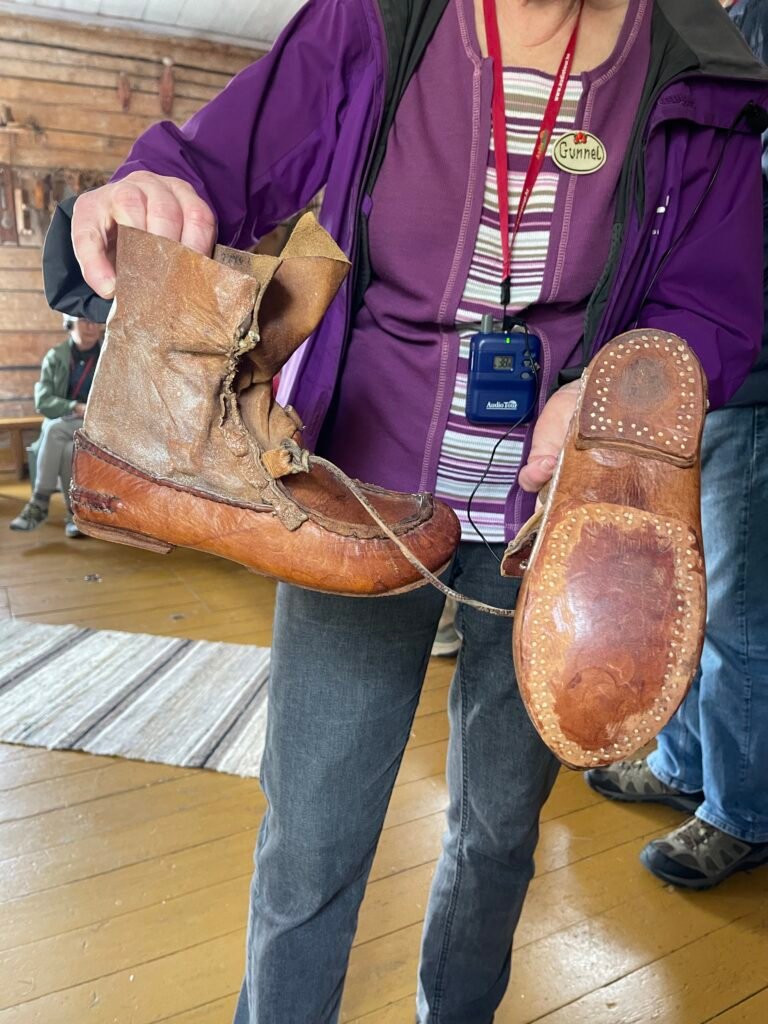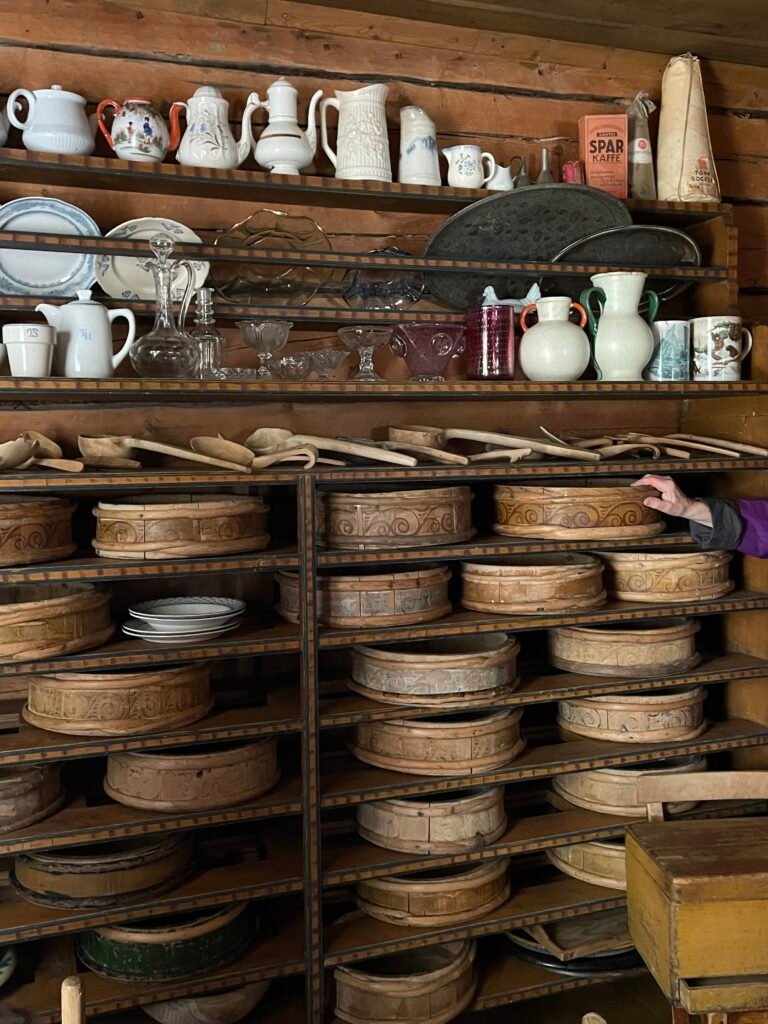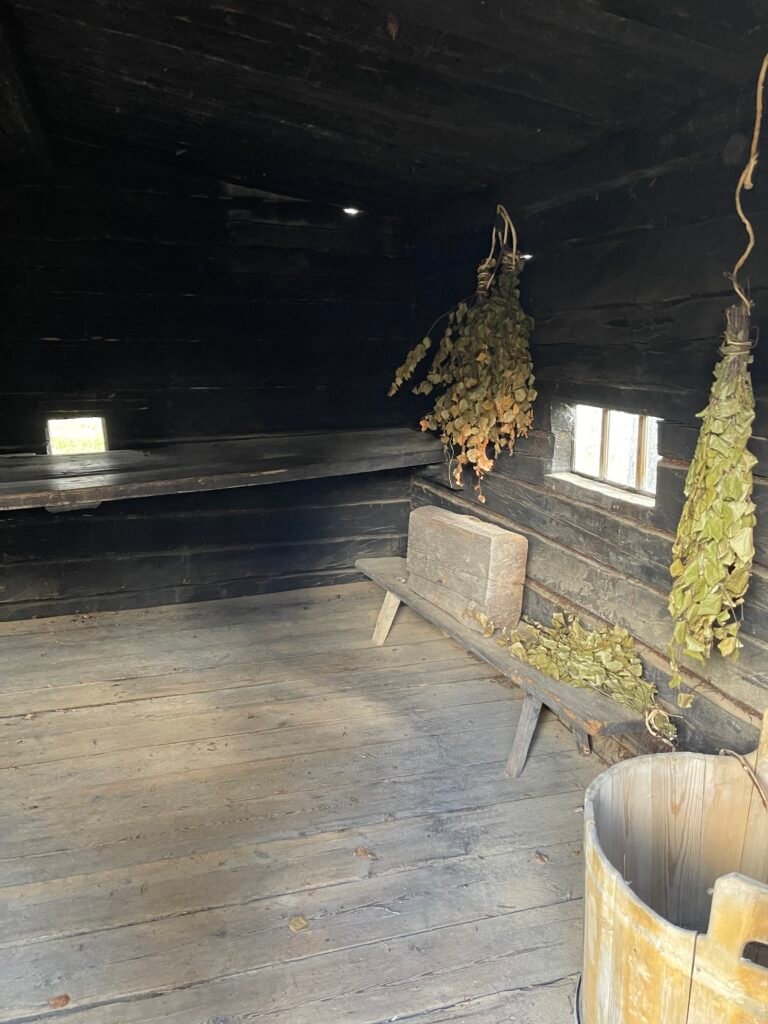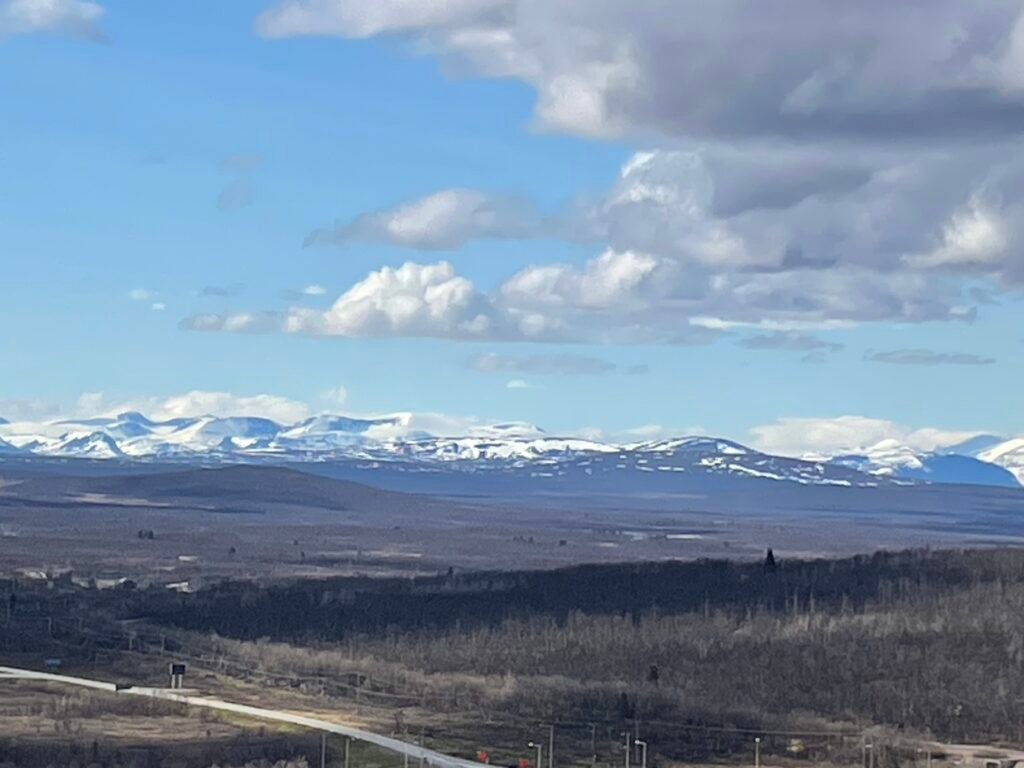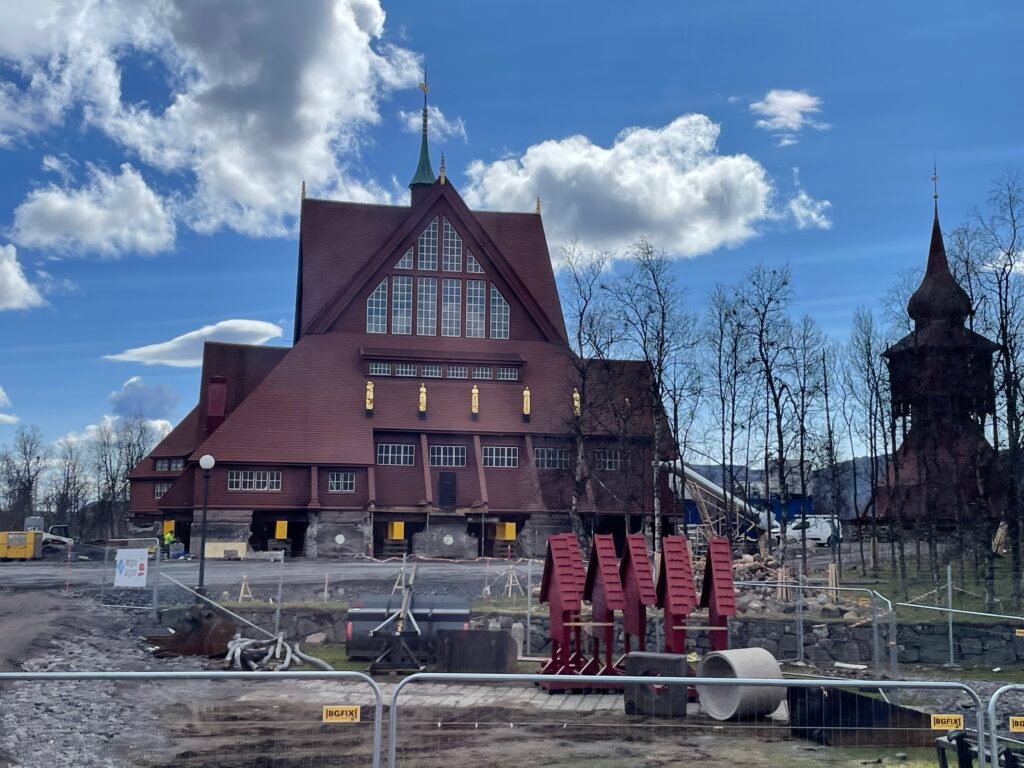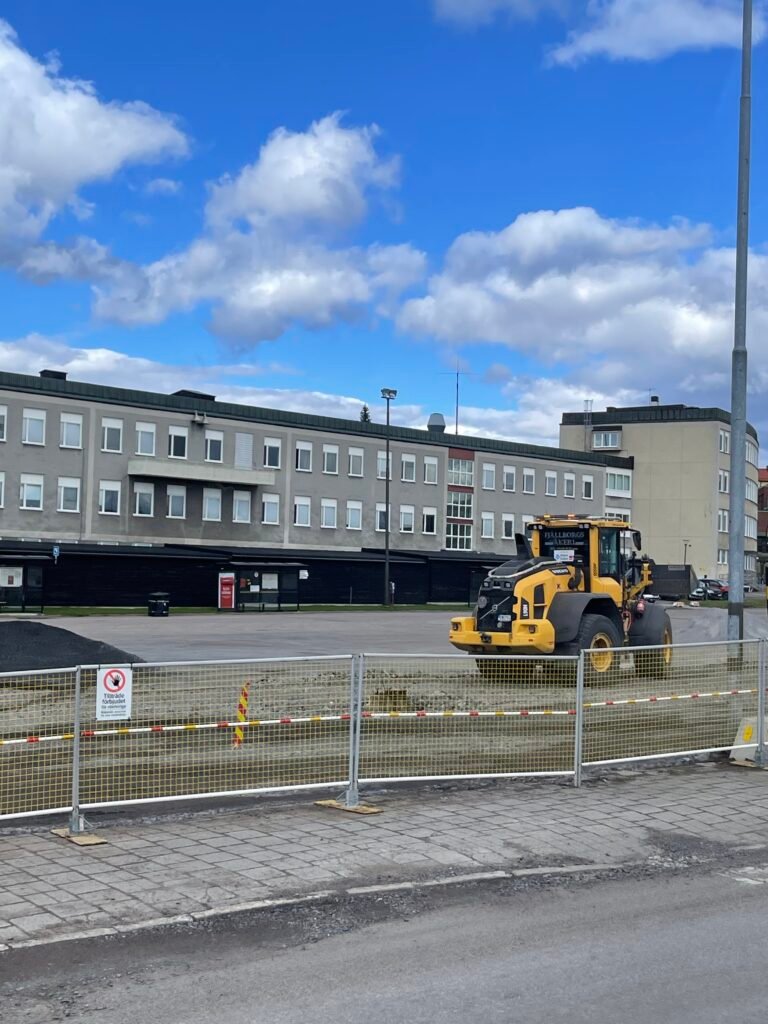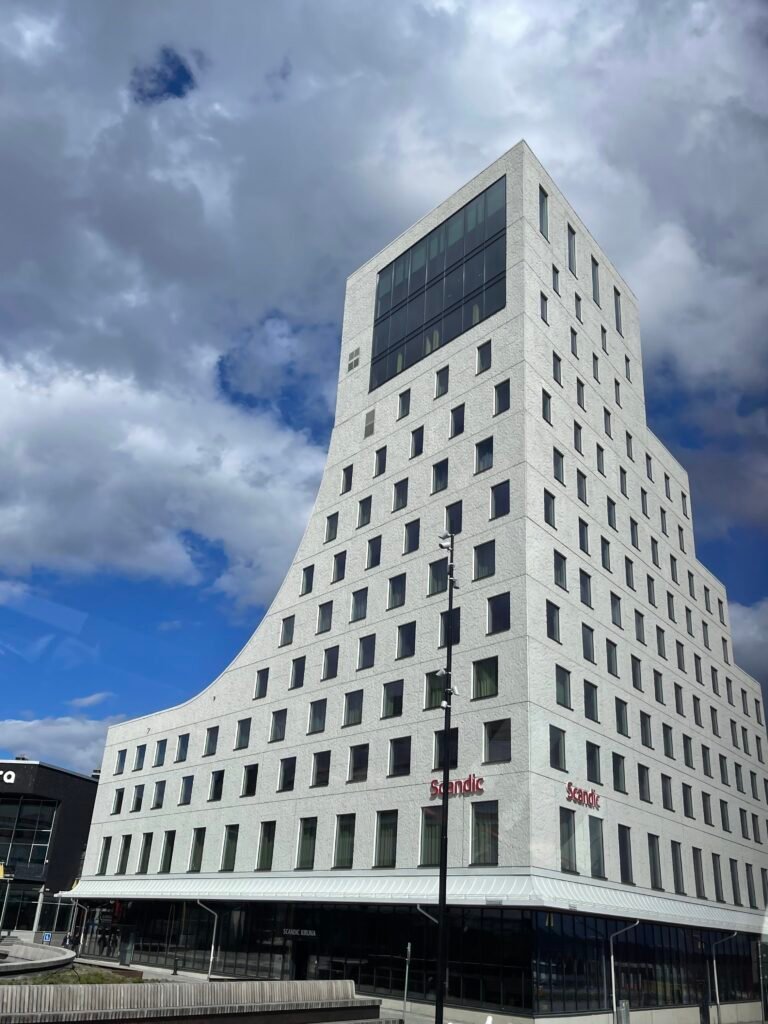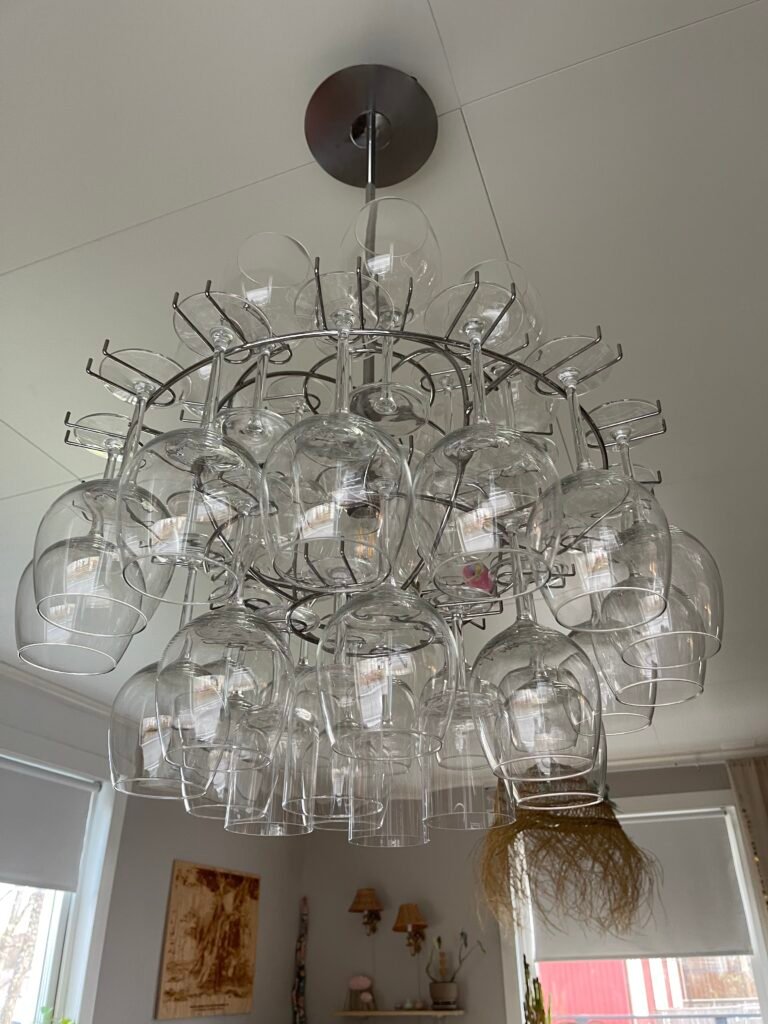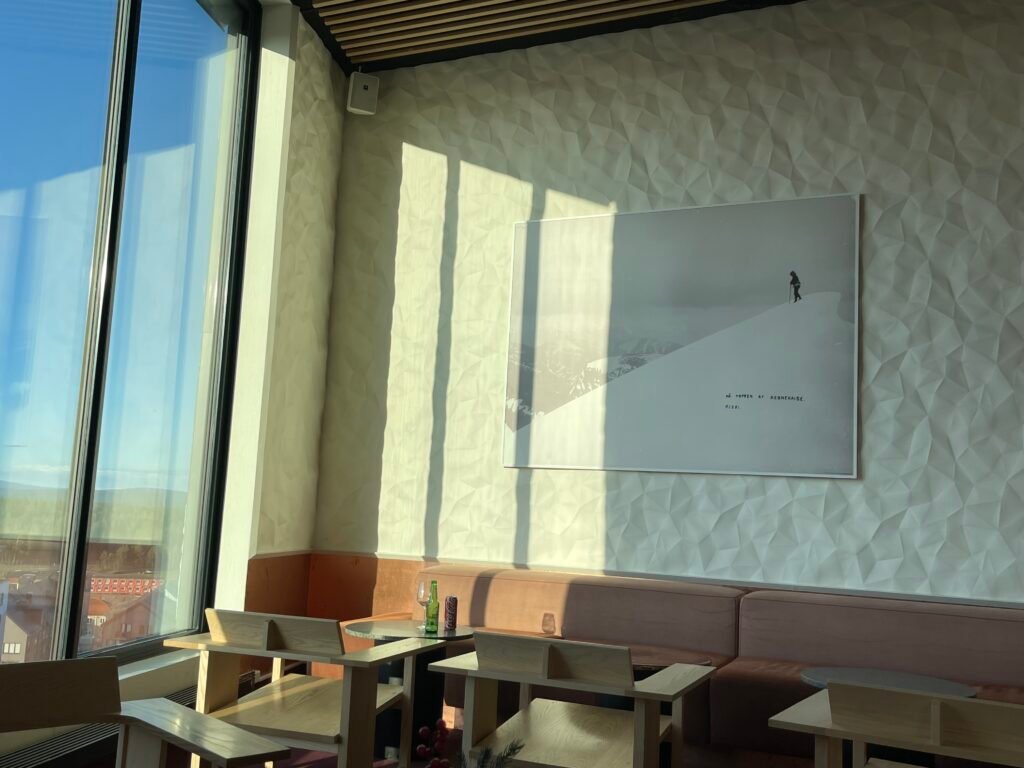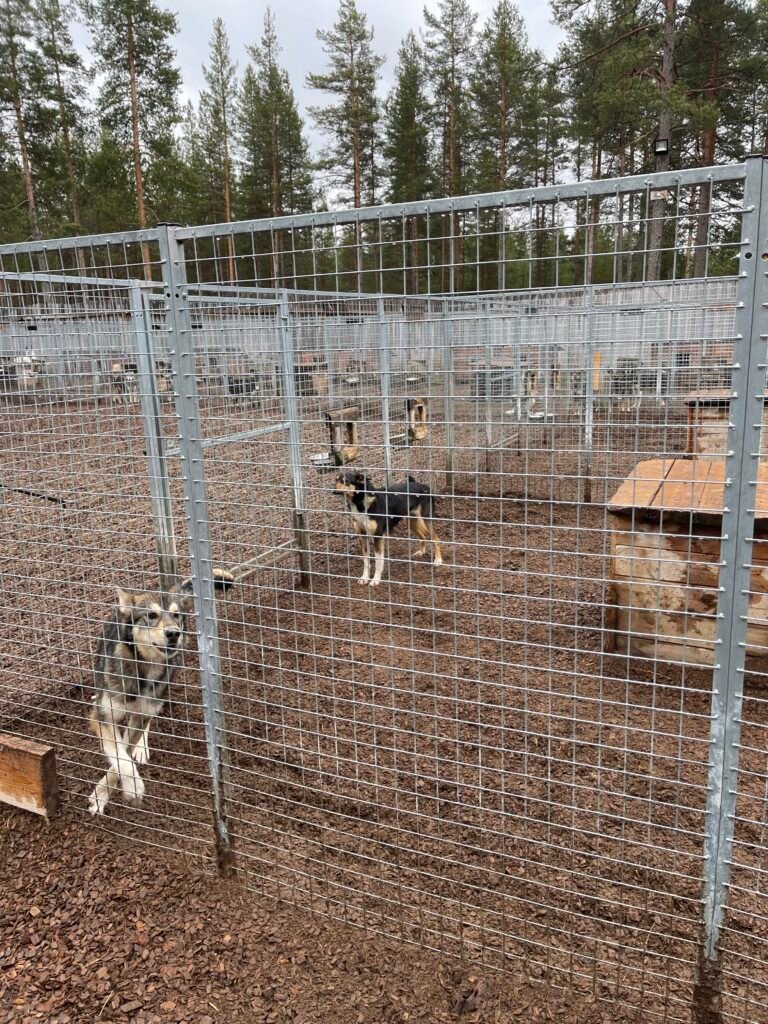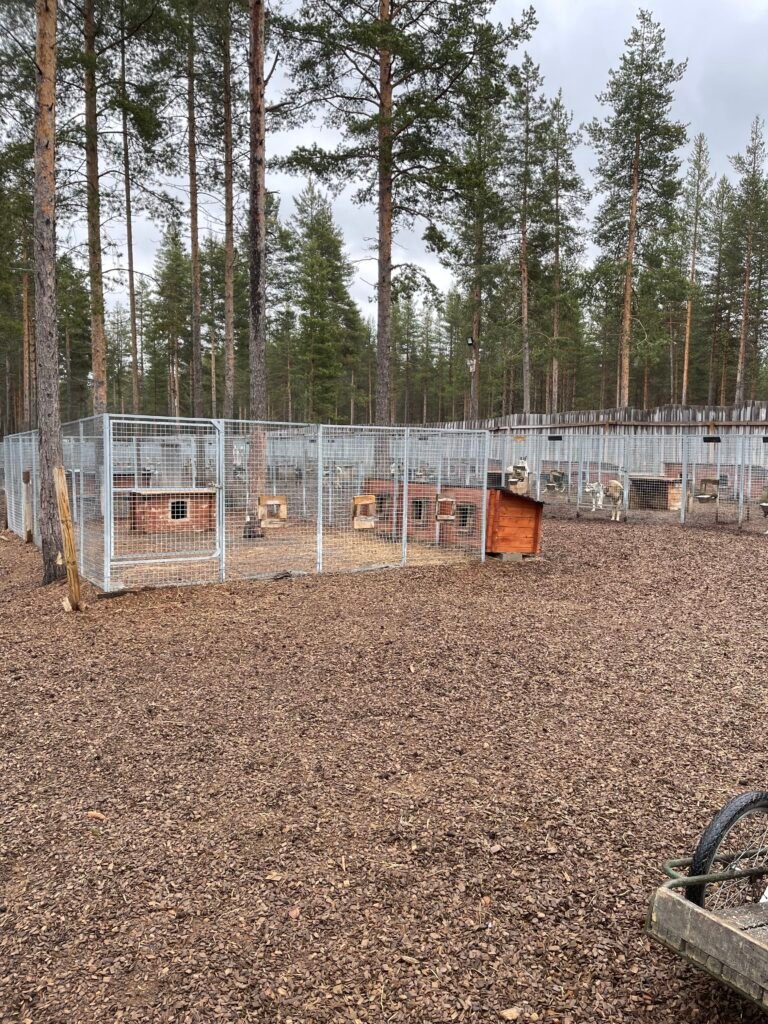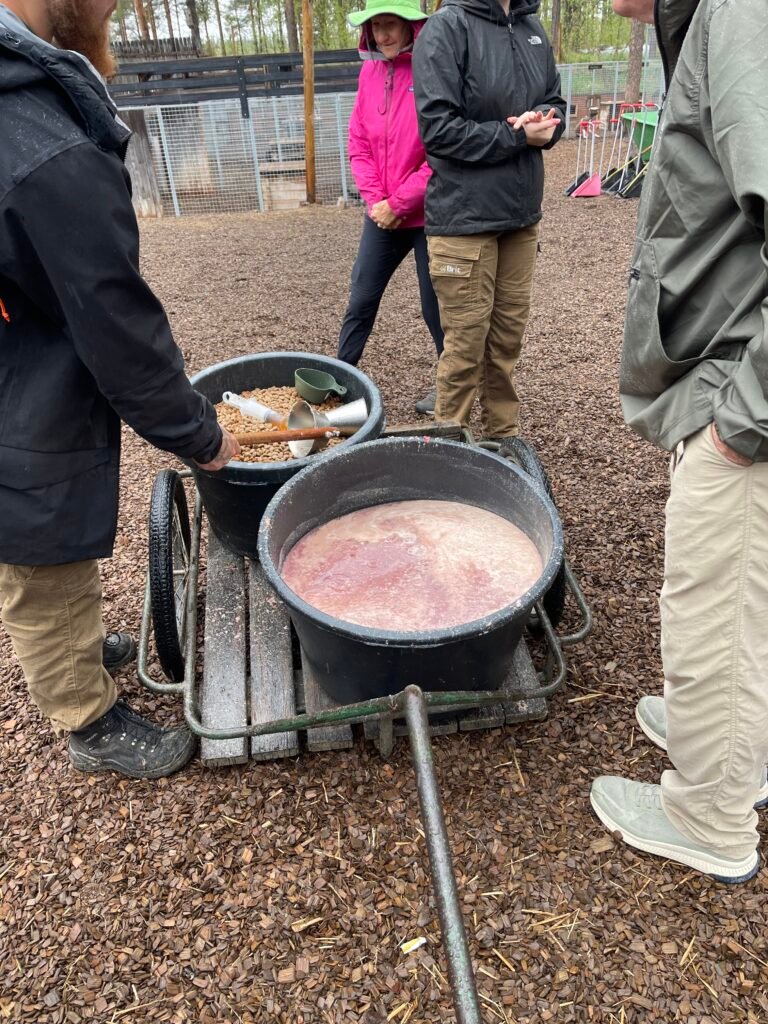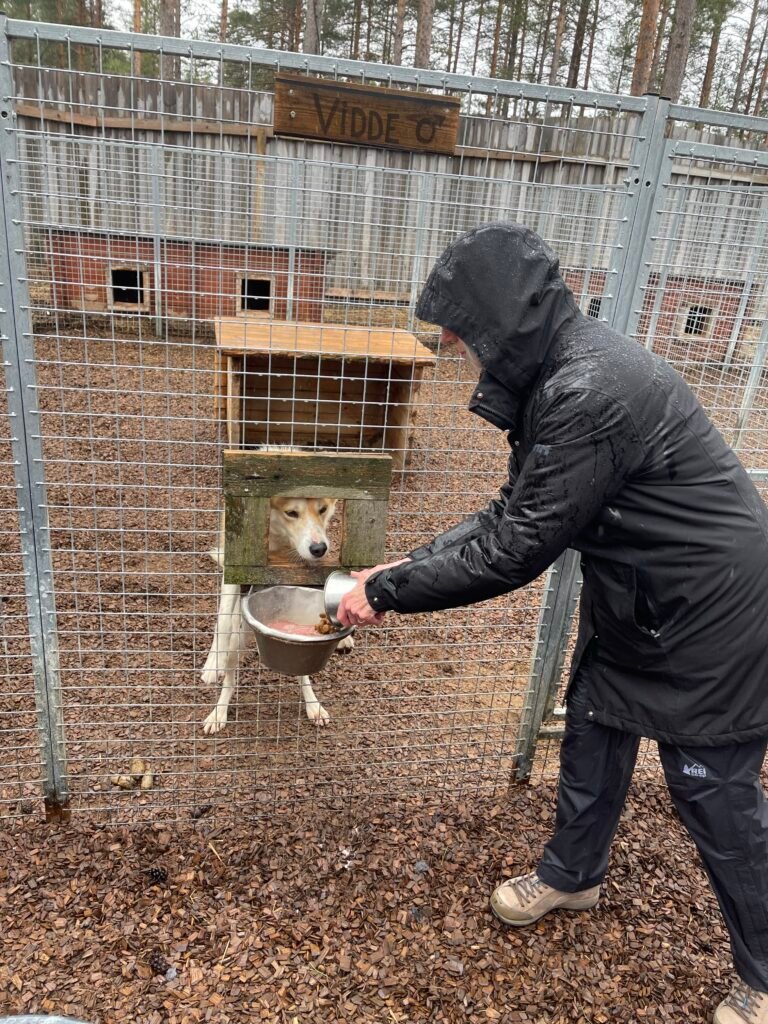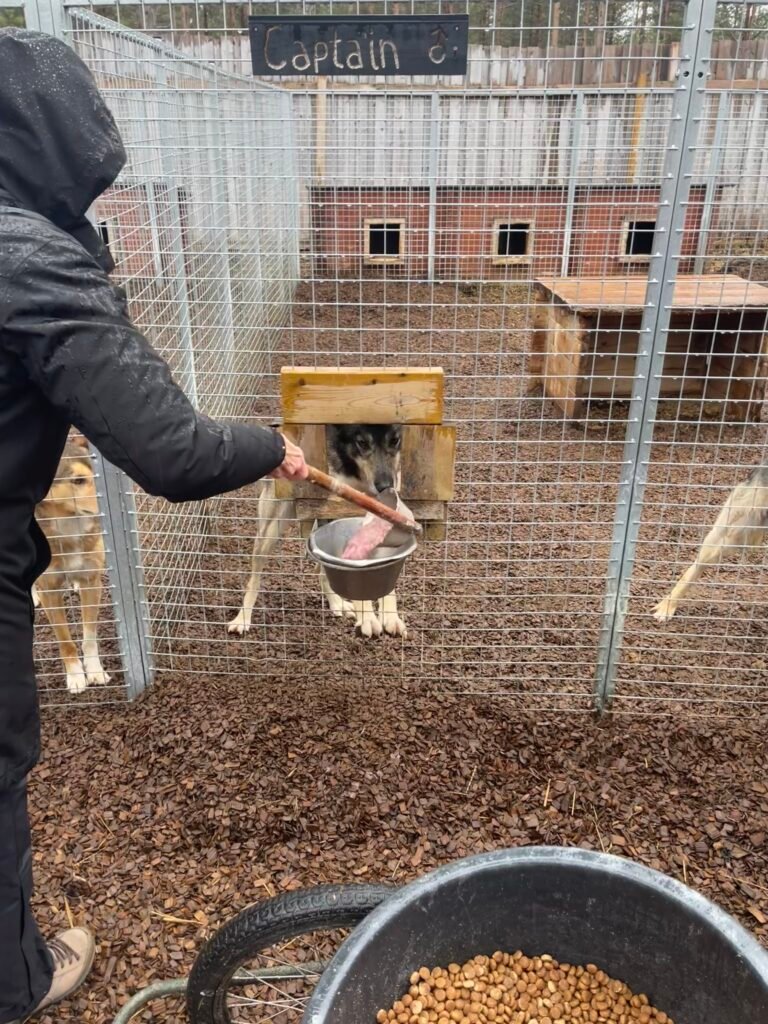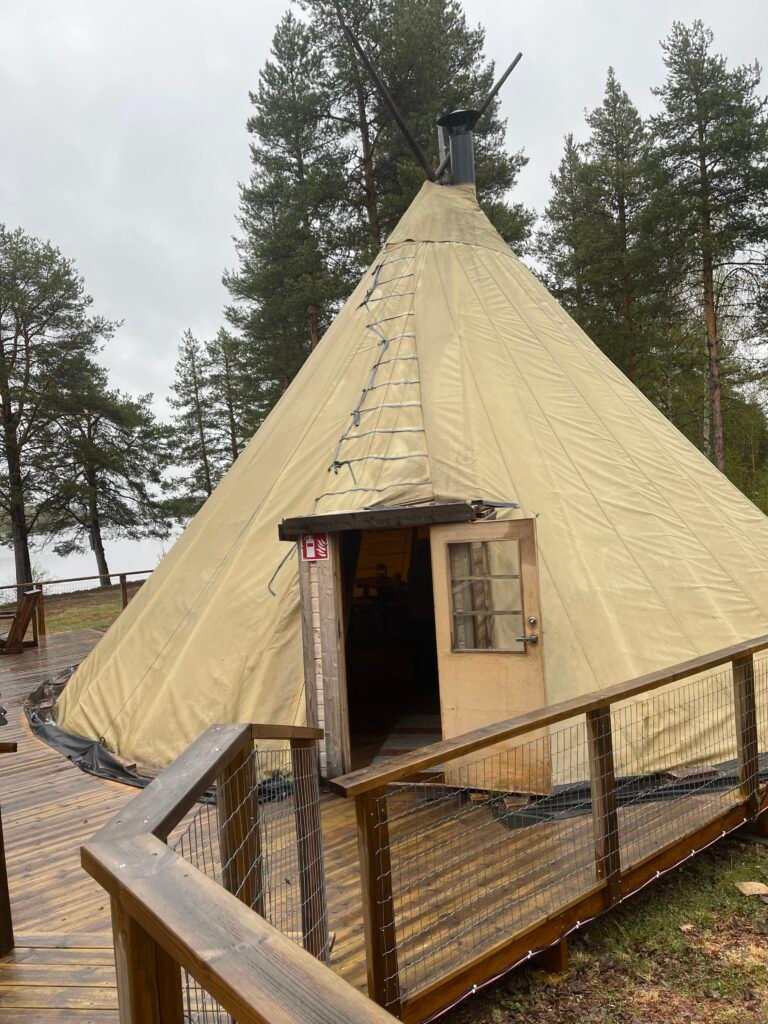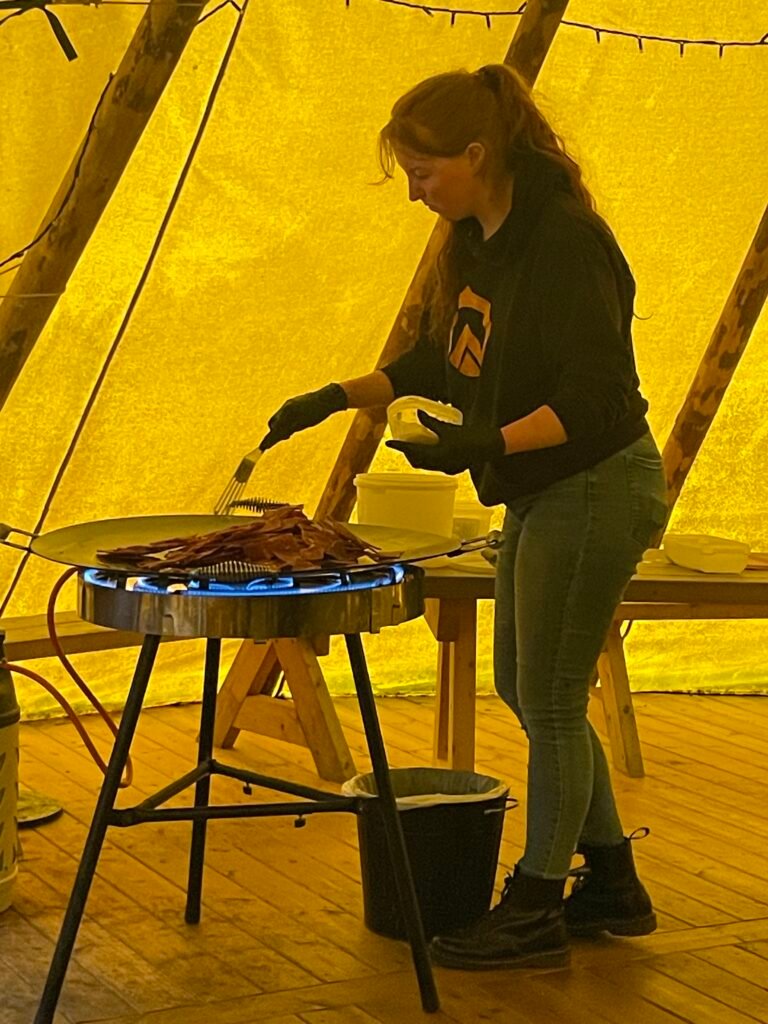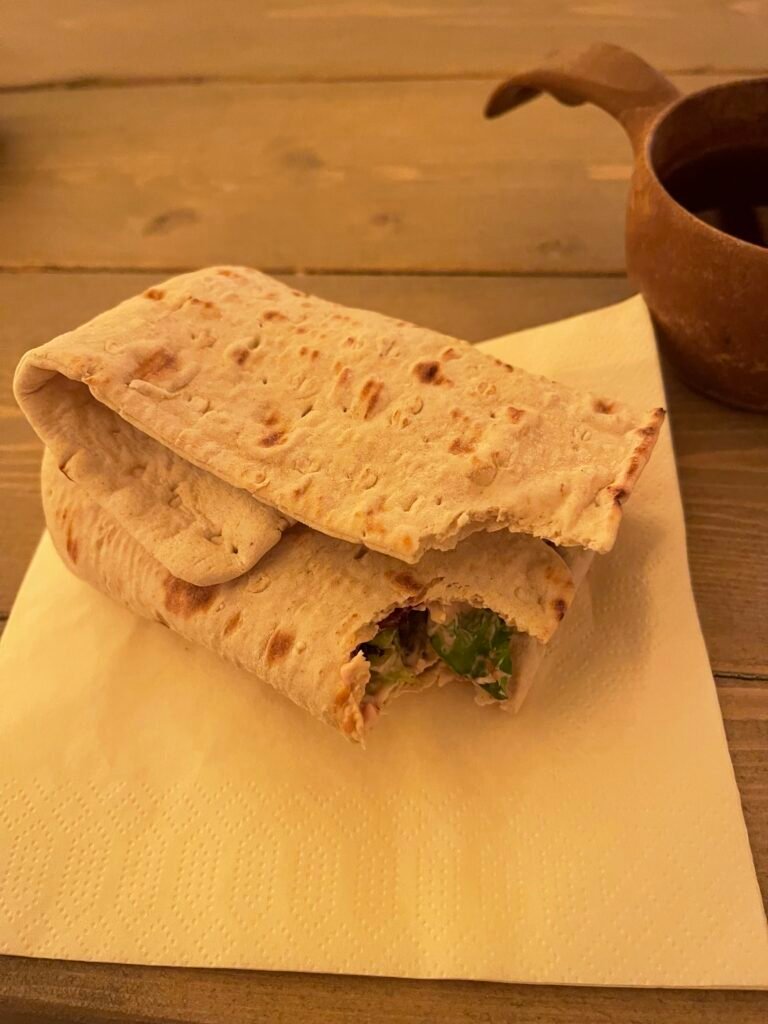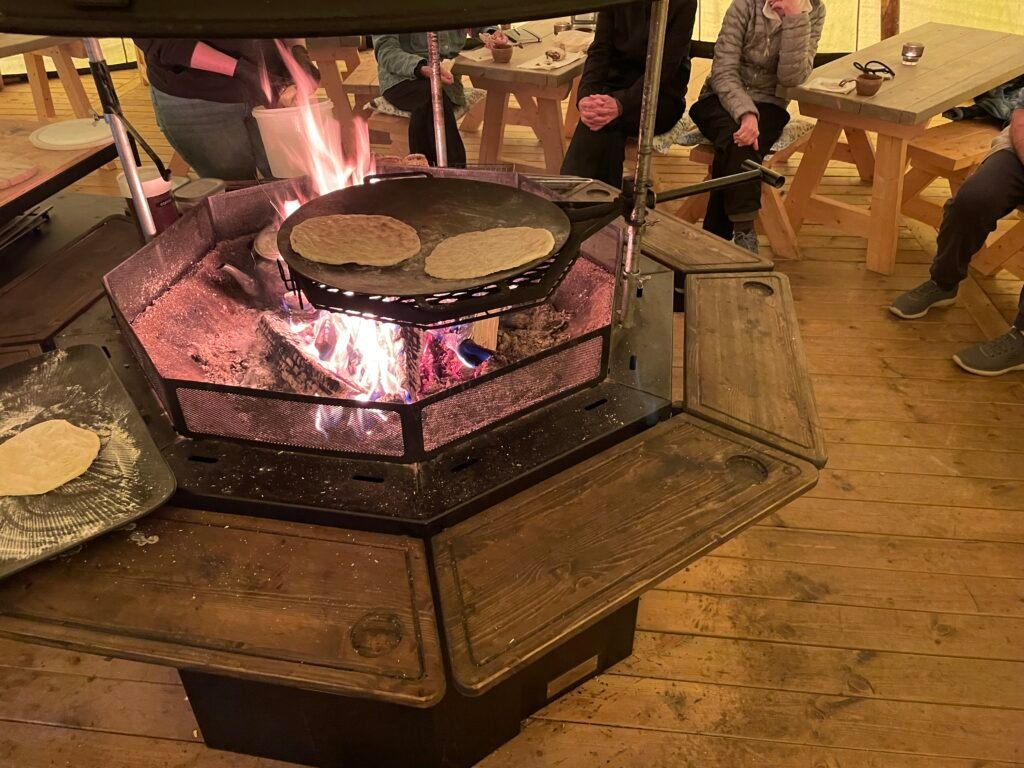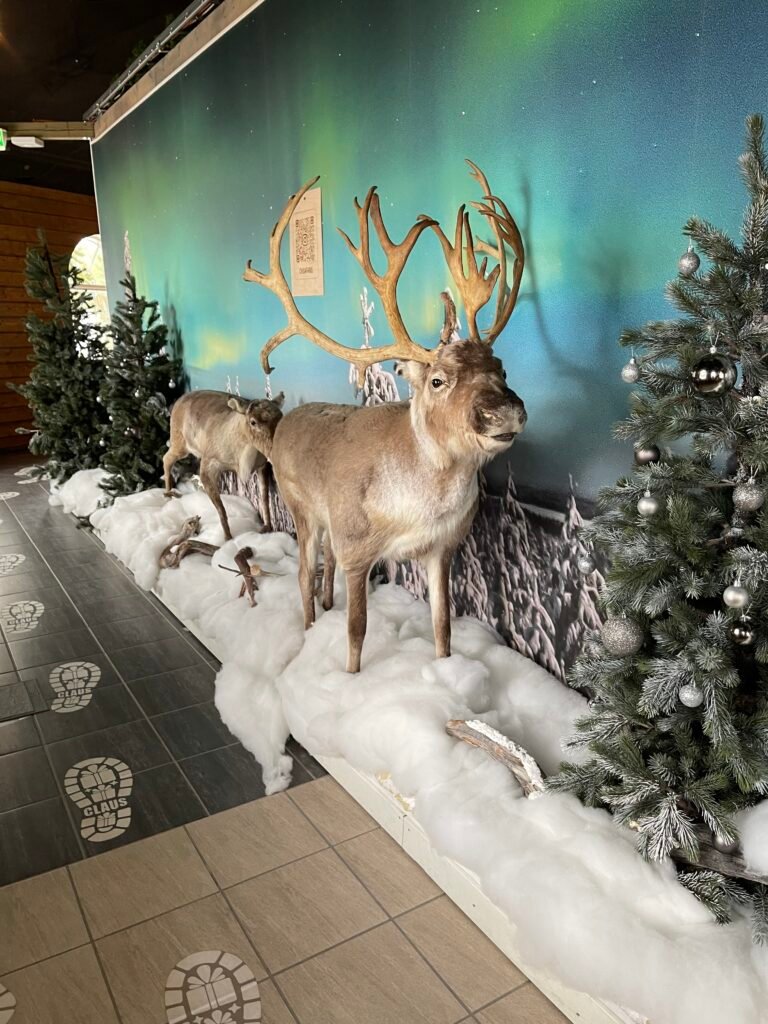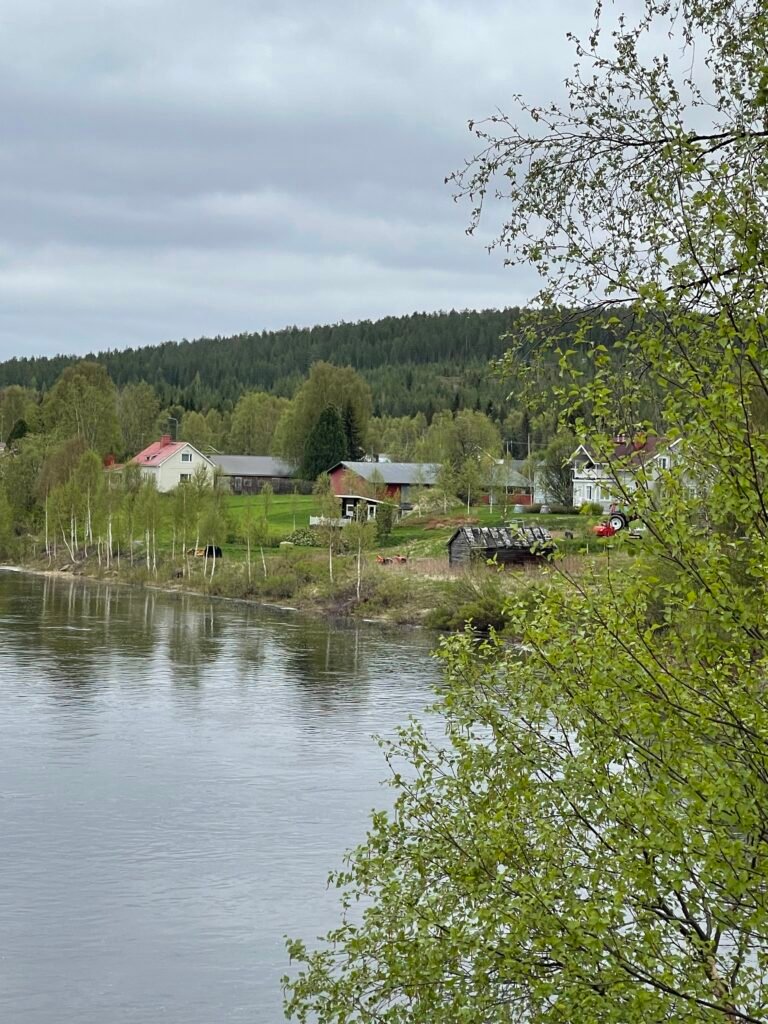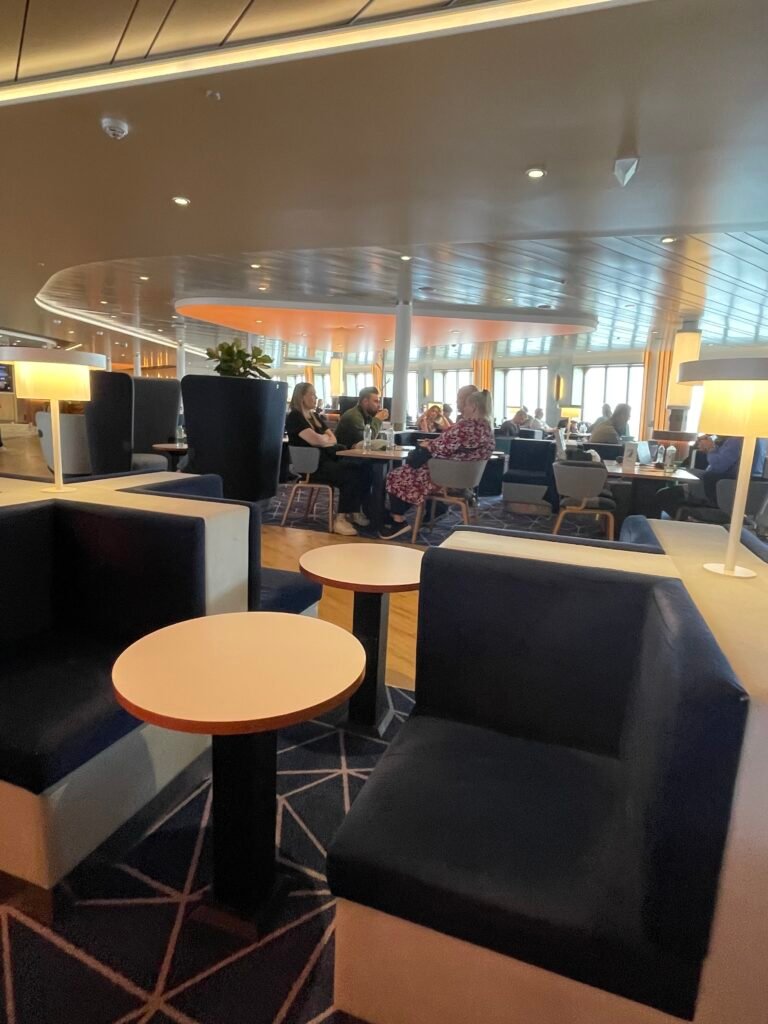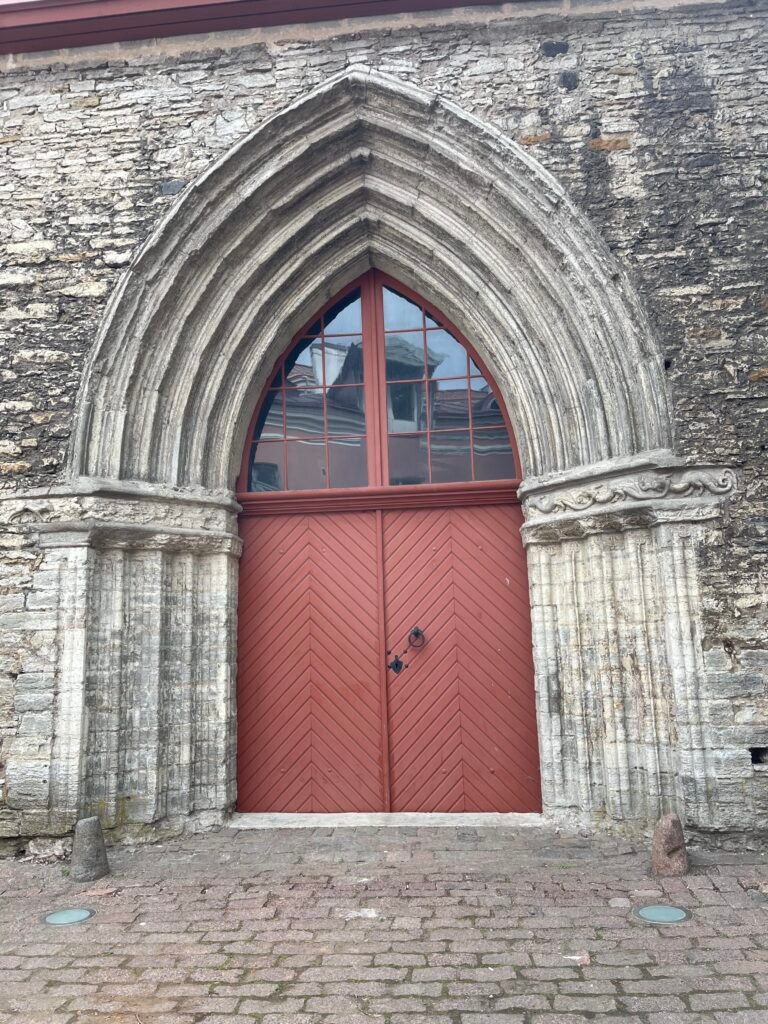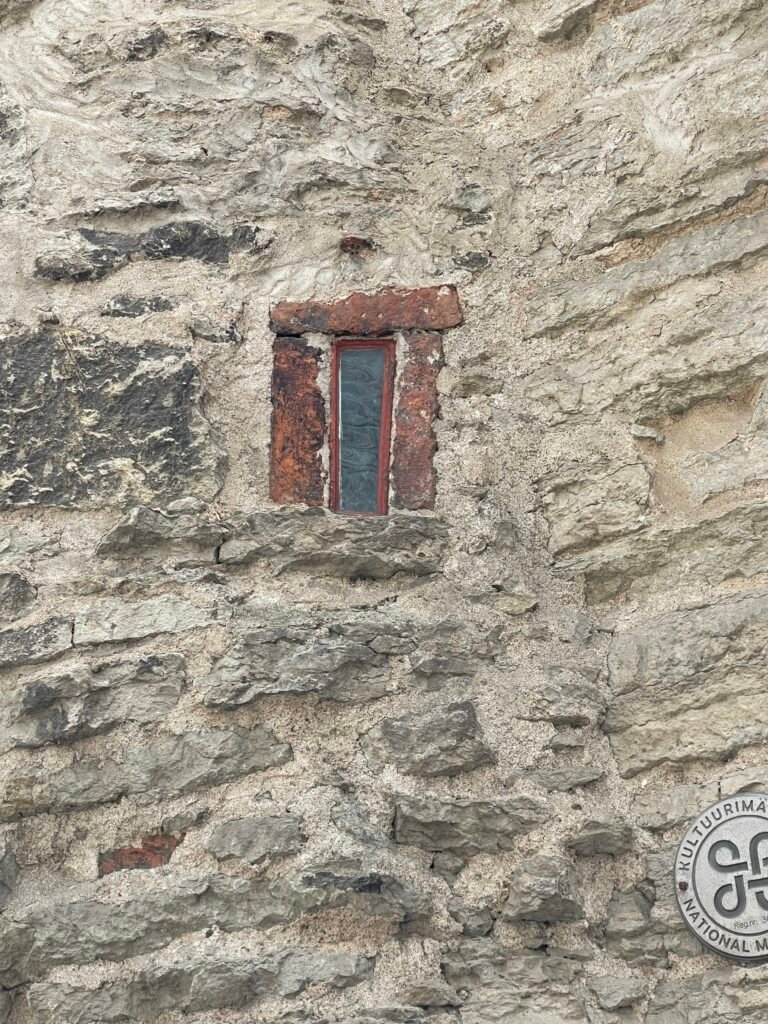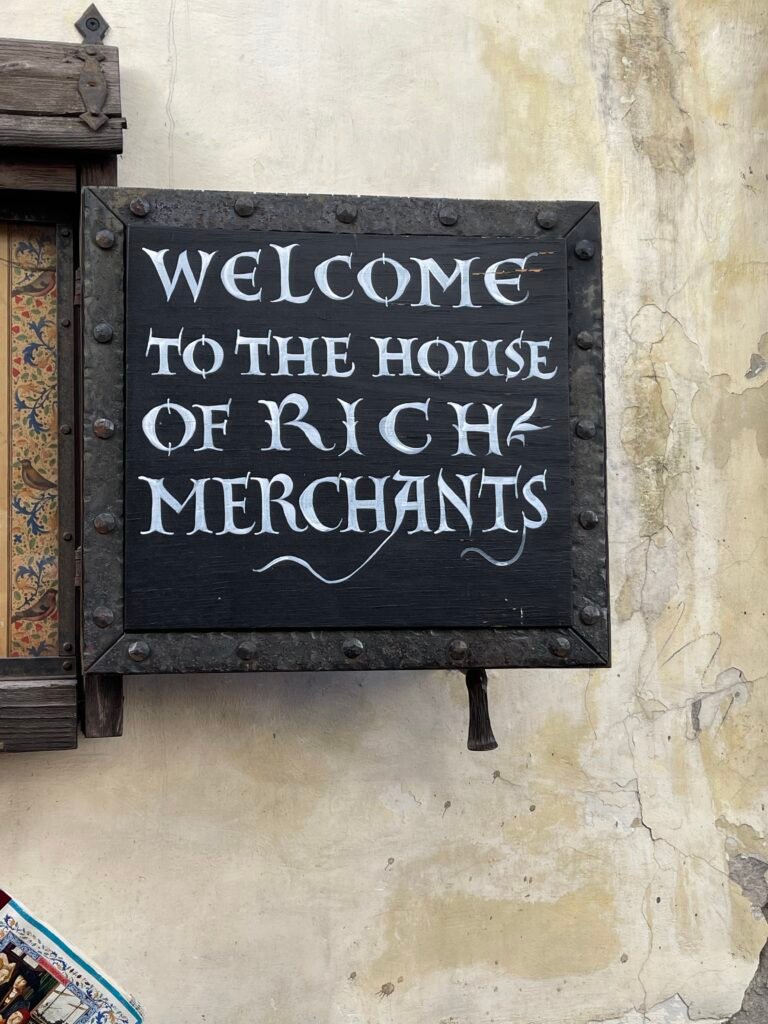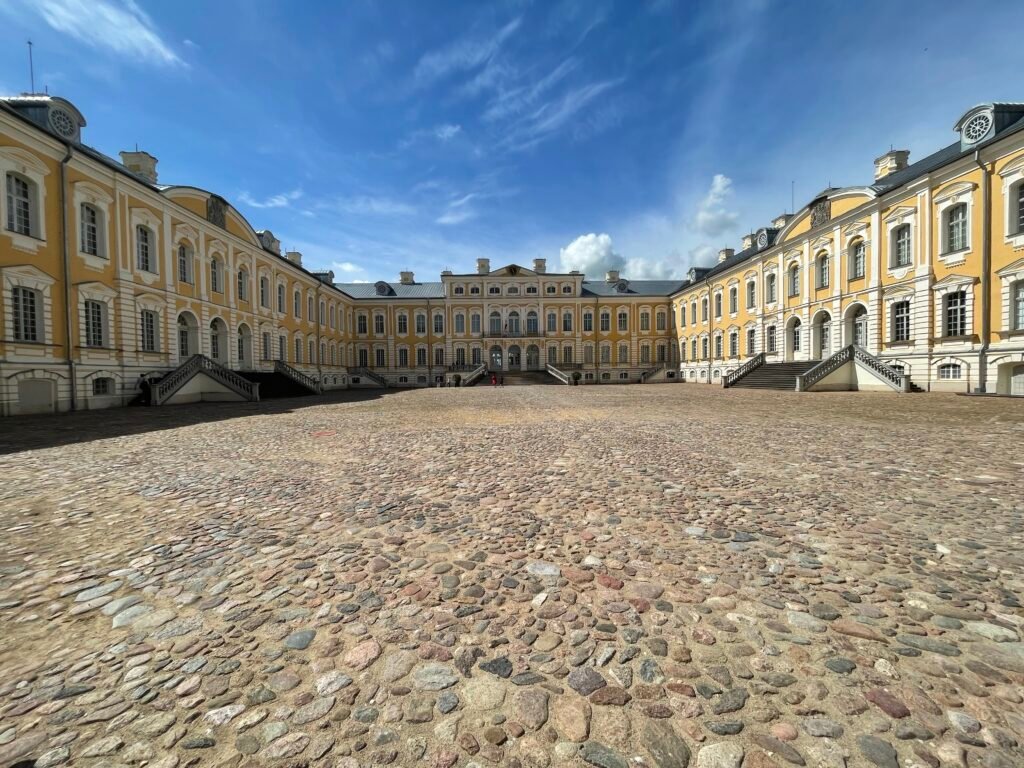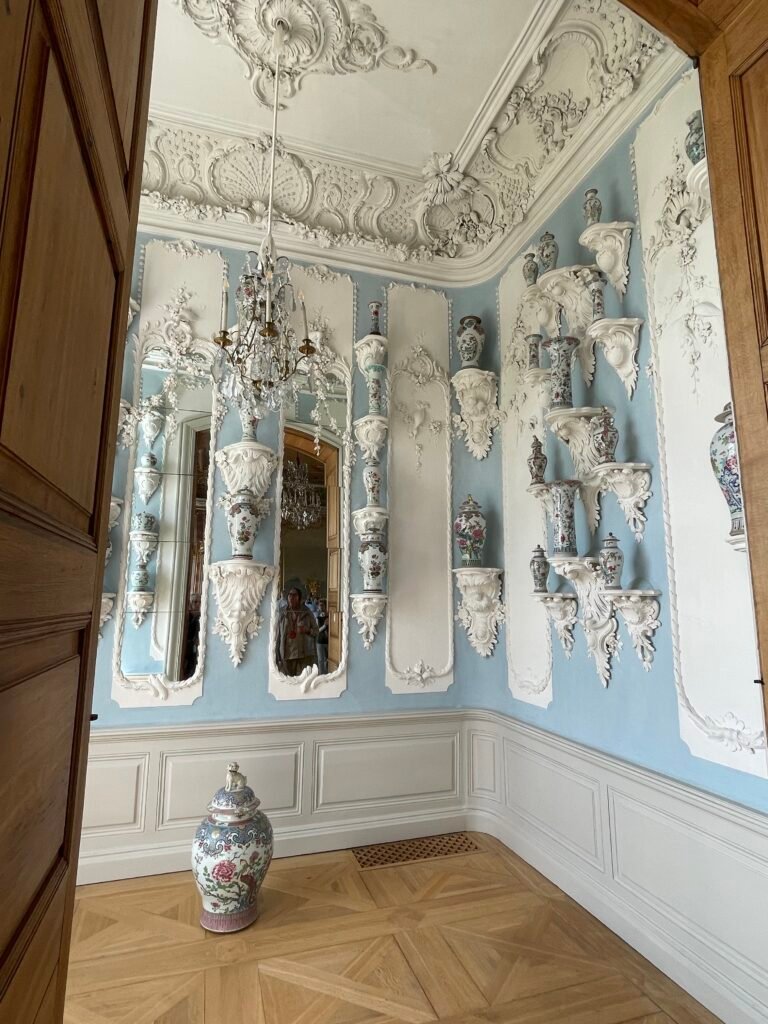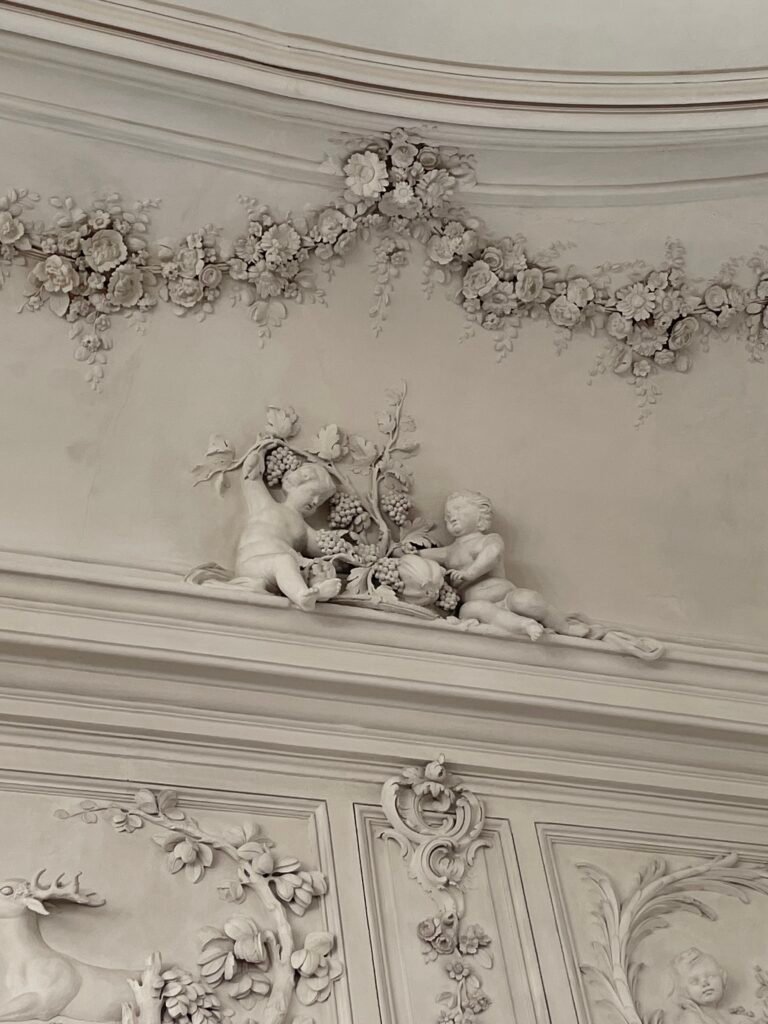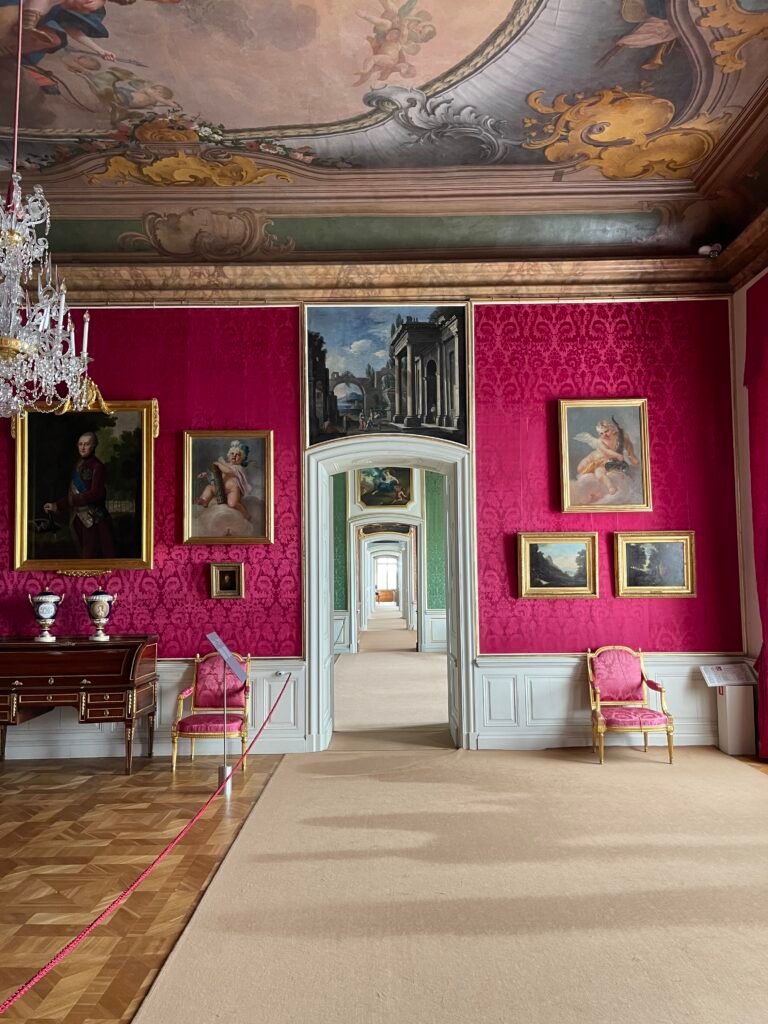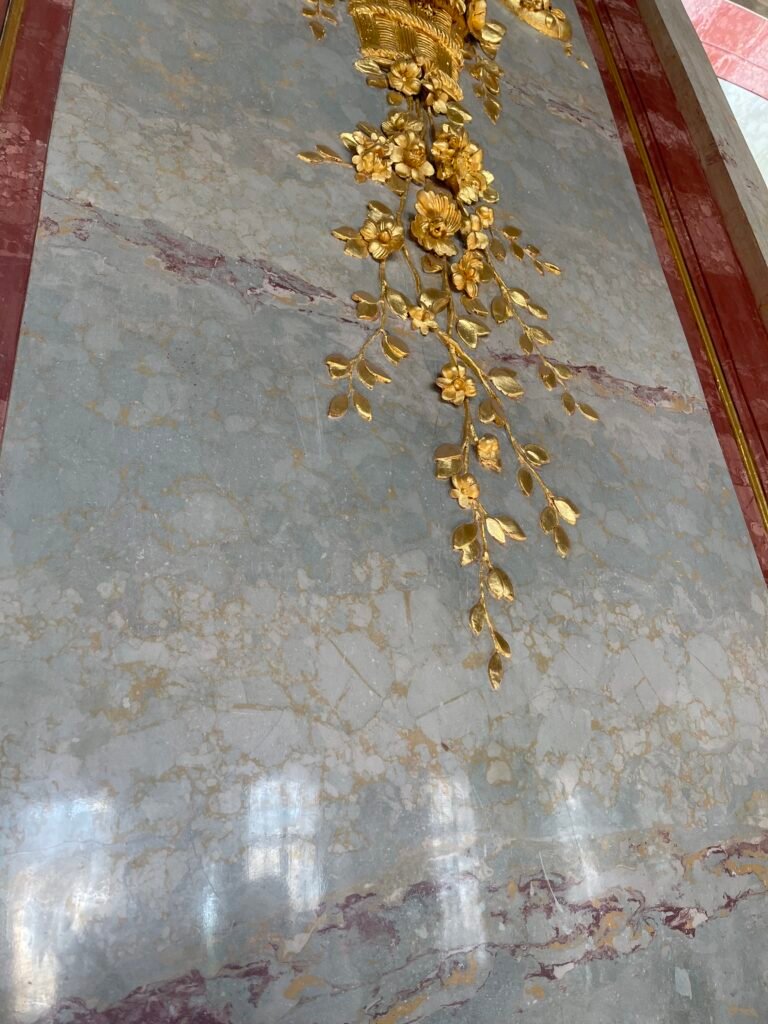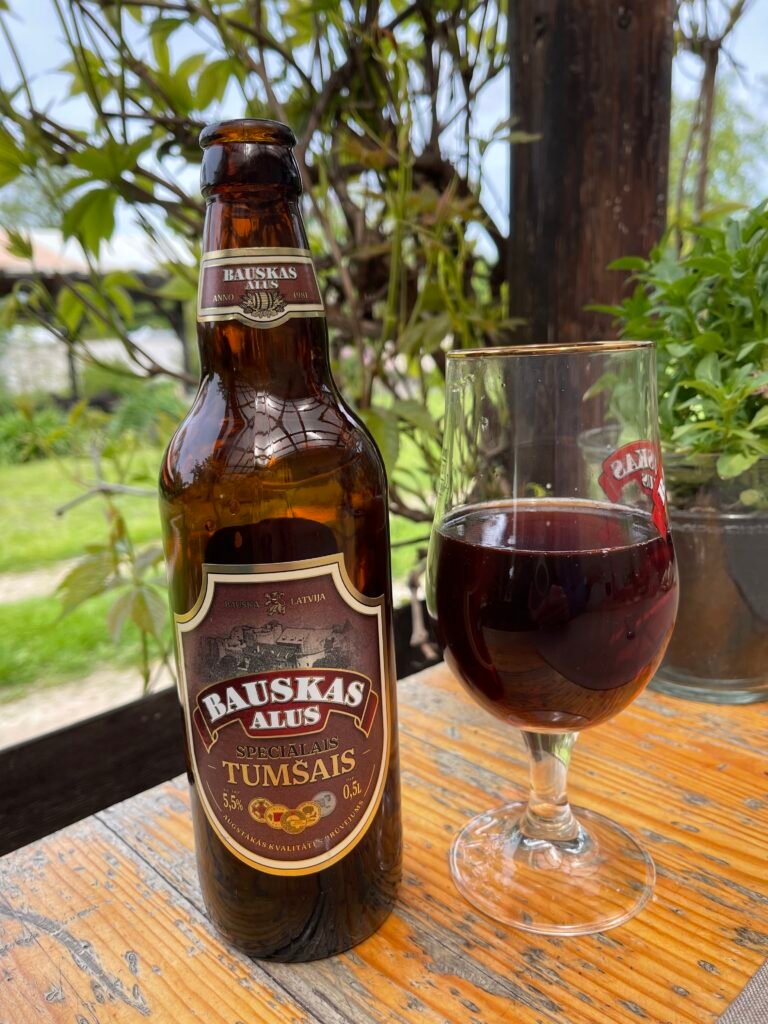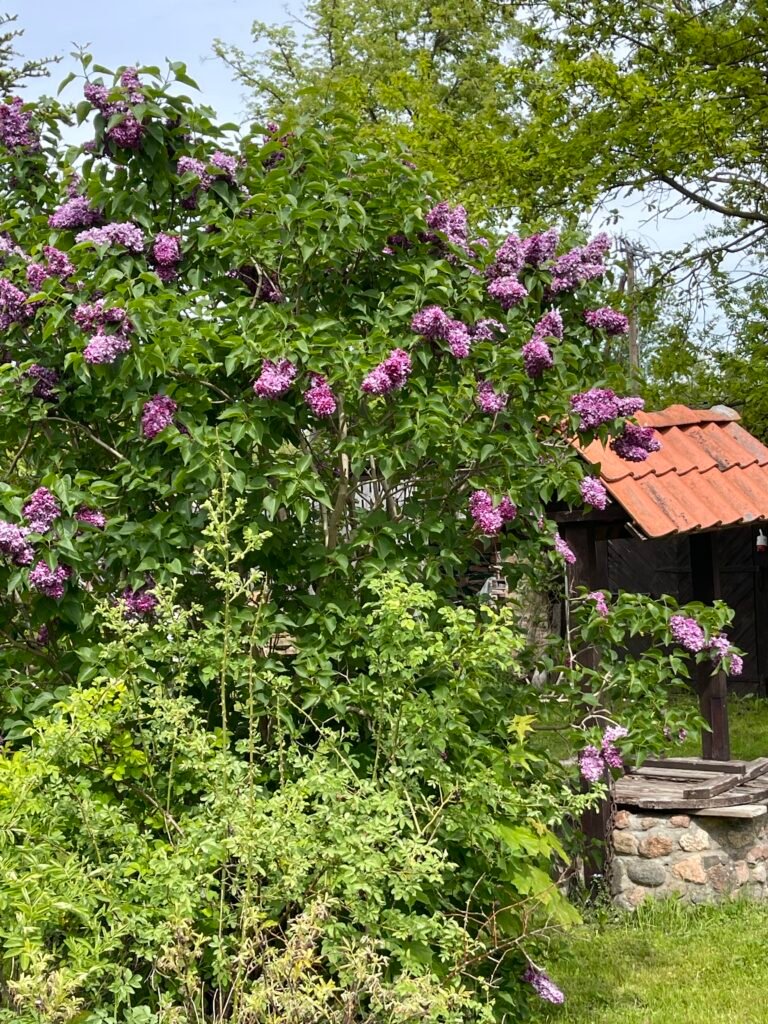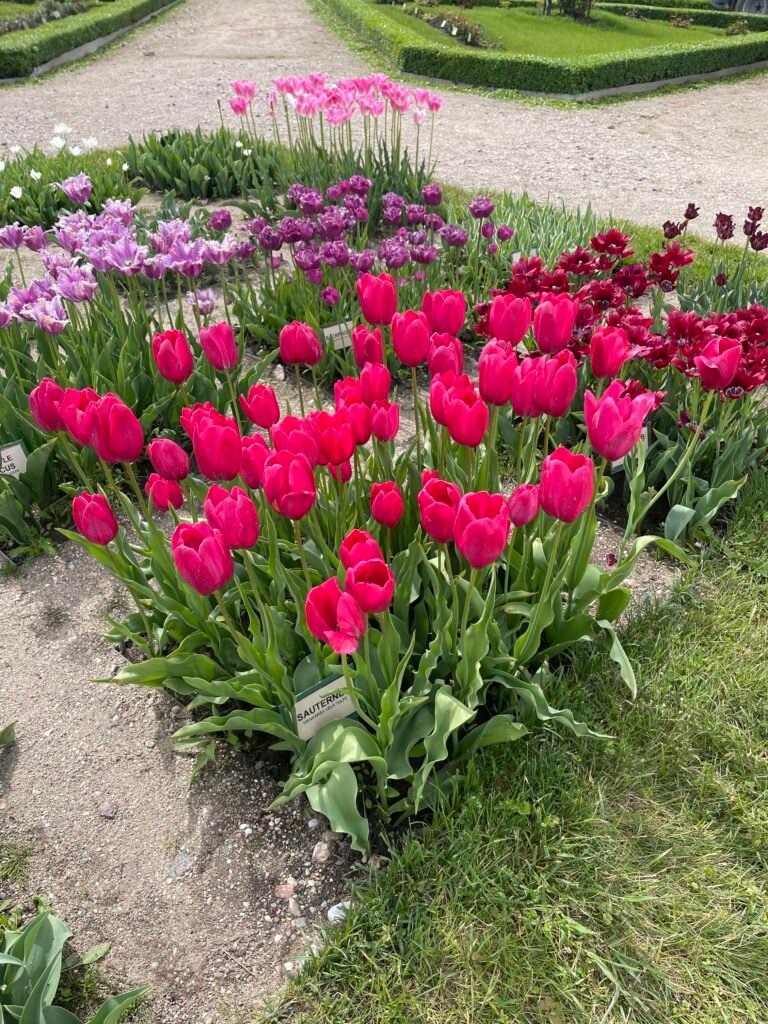Accommodations: Scandic Kiruna Hotel
After breakfast, we drove to the Luossavaara-Kiirunavaara AB (“LKAB” for short) iron ore mine. We actually descended 1,500 feet into the mine to the part that has been converted into a visitor’s center. Our tour guide gave us safety instructions before we descended and told us what to do in case of an emergency. There is a theater inside and she said that would be the place we would go to if there was some kind of danger outside the mine (I’m assuming like a terrorist threat). We could lock ourselves inside the theater and be safe. We donned our safety helmets and off we went while the tour guide explained how the mine operation works, etc.
It was a little disconcerting as we were standing talking with the mine guide, when we all felt air circulating around us and the guide said this is very unusual. Wait…what????? Apparently, we learned later, there had been a problem with the circulating system and the workers were dealing with it. Whew!
The active mining operations take place more than 4,500 feet underground, where every day enough ore is gathered to build up to six Eiffel Towers. We could hear and feel the blasting from down below on occasion. She said every night at 1:30 am, they blast another large area in the mine and people can feel the ground vibrating in their homes if they happen to be awake at that time.
As I mentioned in yesterday’s post, much of the mining takes place beneath Kiruna’s town center, and the hollowing of the earth will soon render the area uninhabitable. LKAB is spending a lot of money to relocate these people and rebuild (for those who want to stay in the area with a new home) their home almost exactly as the one being demolished. And…if the people happen to mention that they always wished they could have a sauna, or a much bigger bedroom, the company will do it for them. LKAB wants to do whatever they can to make everyone happy. The tour was very interesting and the mining operation is incredible.
We bid goodbye to our guide and boarded our bus to Jukkasjarvi, a town of just 600 Sami residents, where we had lunch inside a lavvu. First course was a delicious mushroom soup. The mushrooms they actually foraged for. The main course was Swedish meatballs made with moose meat and we had a side of mashed potatoes as well. Delicious!! We also had pitchers of lingonberry juice to enjoy.
One of the residents of the village spoke with us during our luncheon about the Sami culture. It was a very interesting talk and if you’d like to know more about the Sami, you can read about it here:
https://sweden.se/life/people/sami-in-sweden
After lunch we visited the Jukkasjärvi church on the grounds, which was built in 1608. It is the oldest protected wooden church in Lapland. After visiting the church, we went to feed the reindeer.
The reindeer were very happy to see us and were actually very gentle as they took their food of moss from our hands. Their antlers, instead of being hard and white, were soft with a velvet coating. This is because the antlers are still growing. They are not pointed, but rather rounded at this stage, because the antler has not calcified nor finished developing. We were told not to touch the antlers at this stage since if you grab them too hard, they will start to bleed and the reindeer could bleed to death.
We left the village and then went to the ICEHOTEL in Jukkasjarvi. Staying for a night in an ice hotel has been on my bucket list since forever, so I was so happy to have the opportunity to actually tour one.
The ICEHOTEL opened in 1989, and was the world’s first and largest hotel totally built from ice and snow. For over three decades, the ice hotel has been reborn each year with new art, new rooms, and new experiences.
When winter arrives, the water in the nearby Torne River freezes and turns to ice. The ice is then harvested and tranformed into the art and architecture. When spring comes and the weather gets warmer, the entire hotel melts and the water returns to the river.
At the beginning of each year the hotel receives applications from artists with their ideas to create the hotel for the next winter. Folks from all over the world submit their applications. Out of around 150 proposals, about 15 are selected, with artists ranging from graphic designers and architects, to engineers. In November, the selected creators gather to make their concepts for the ice hotel a reality.
Today we visited ICEHOTEL 365, which is next to the one that is created every winter. ICEHOTEL 365 is the first year round hotel – opened in 2016.
We walked in and were given a heavy cloak to wear, and then we entered this permanent hotel where the temperature was about 24 degrees. We toured 17 (one was under construction) of the 18 art and deluxe suites, as well as the ice bar which serves only cold beverages. (No duh!) The suites were gorgeous, with ice sculptures all throughout and each room had a specific theme. During the day, people can come as we did to tour the hotel, but come 6 pm, the place is closed to visitors, and becomes an actual hotel and the rooms we toured would be used for the night.
The deluxe suites have a bathroom within the suite. Otherwise, if you reserve a regular room, you have to leave your bedroom and travel down the hall to the common bathroom. Brrrrr! You are given thermal sleeping bags to snuggle in and you sleep on an ice bed that is covered in reindeer skins. If you want a drink from the bar, the glasses are made of ice.
After a good night’s sleep, you can enjoy a morning sauna and a refreshing shower, either in your private relaxation area (for a deluxe suite), or in the shared facilities for a regular room. Warm lingonberry juice is served in the morning.
Allan checked the price for this coming Christmas night, just to see what the cost would be for the deluxe suite. $1,450!!!
It was a fantastic opportunity to find out what an ice hotel truly is and I still can’t get over the amazing ice sculptures and rooms created totally from ice. The amazing thing is, the water from the river that freezes to make ice to sculpt the rooms and sculptures, is crystal clear. Just beautiful!
We came back to our hotel and went up to the top (12th) floor for a pre-dinner drink, and watched the street below as kids arrived all dressed in beautiful gowns and suits, (as well as traditional Sami garb), to celebrate prom night. They were all going into the museum across the street from our hotel, where a banquet was being held. The kids even walked on a red carpet into the museum, with onlookers lining the way on either side taking photos. It was like the Oscars.
We had a buffet dinner at the hotel and then it was to bed for an early departure tomorrow. What a fantastic day it was that was filled with unusual and unique experiences from start to finish.
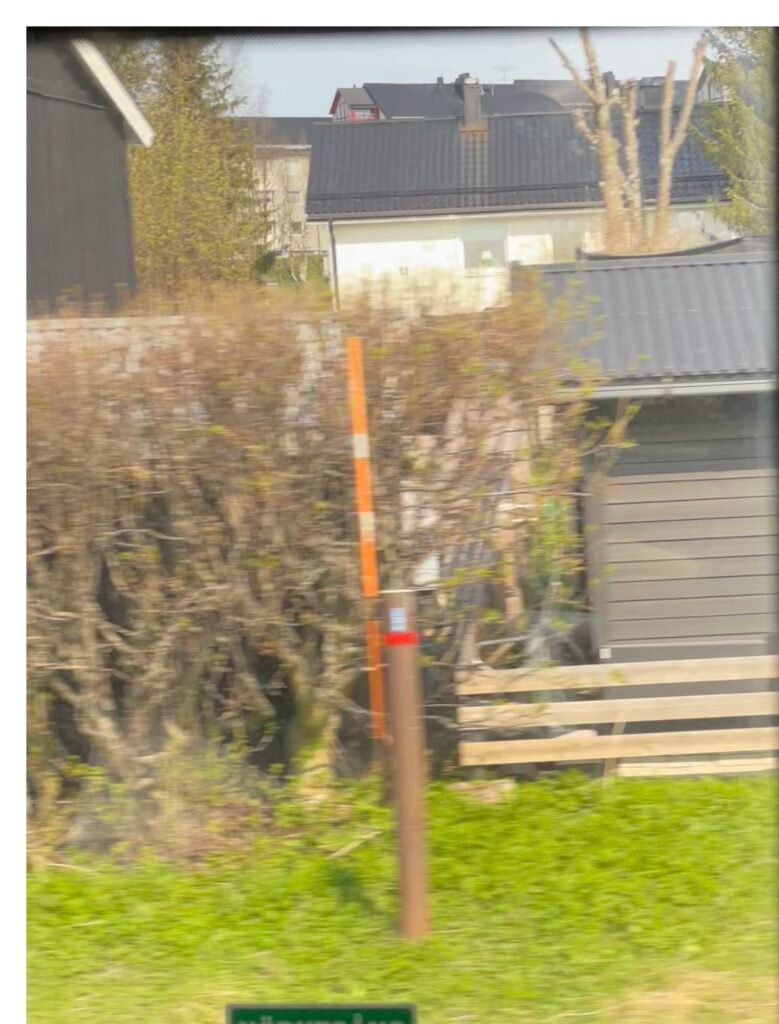
Posts in the ground to monitor below ground seismic activity from the mine.
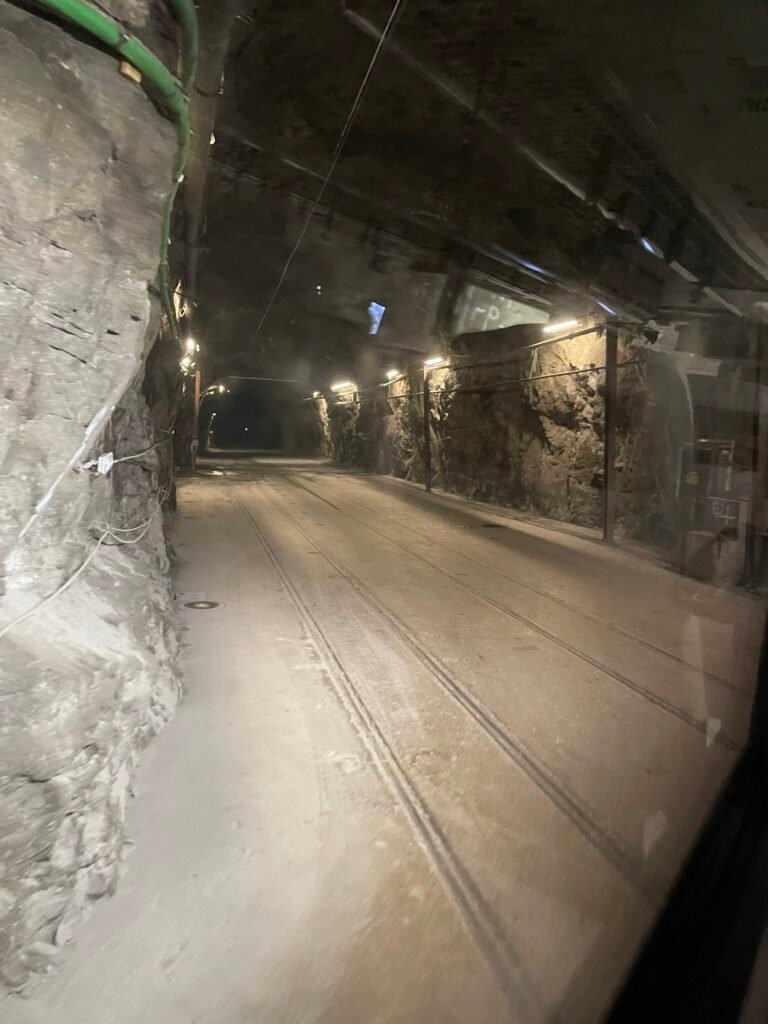
Our bus going deep into the mine
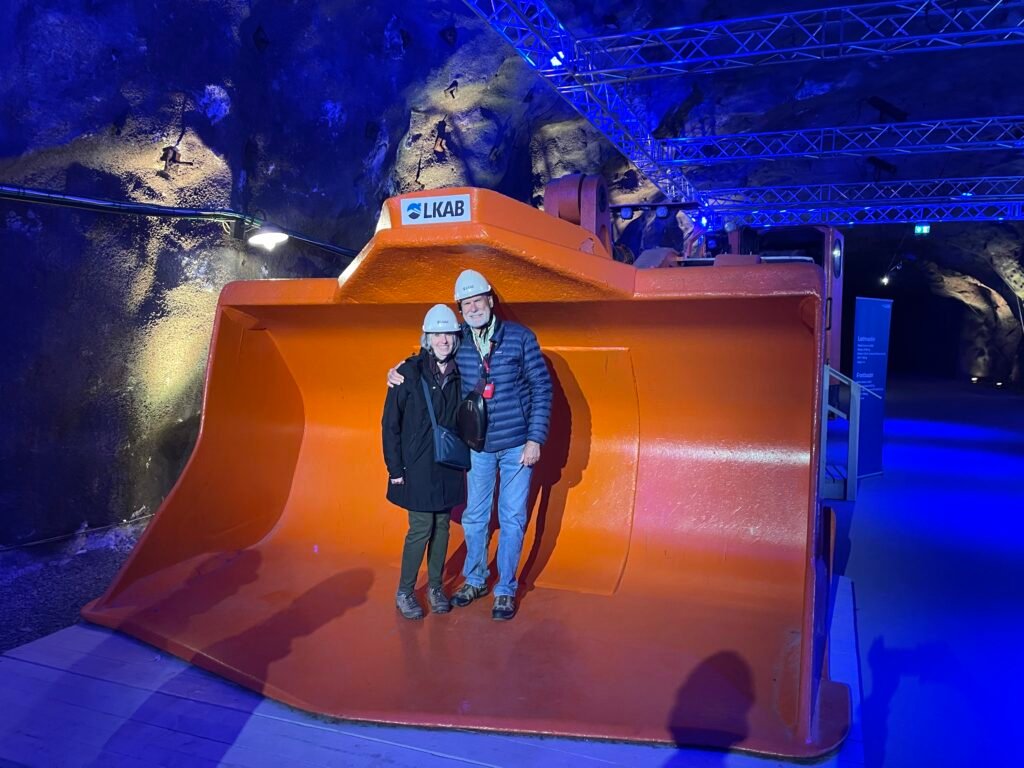
Standing in the scooper that puts the iron ore into the box cars
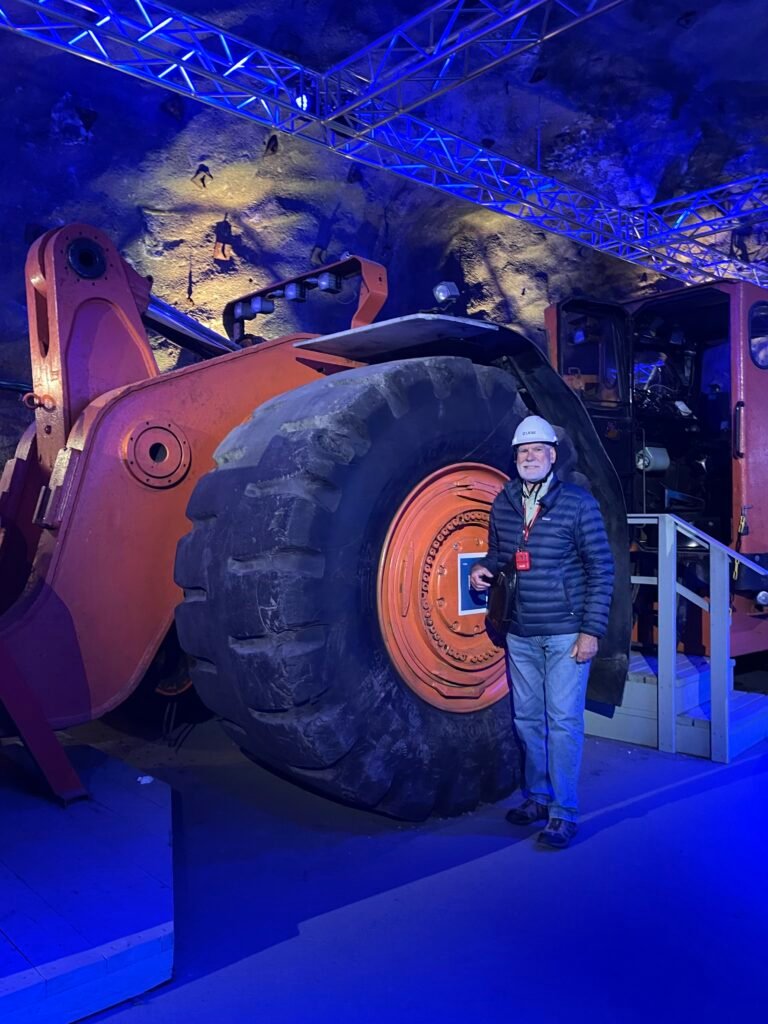
The wheels are huge
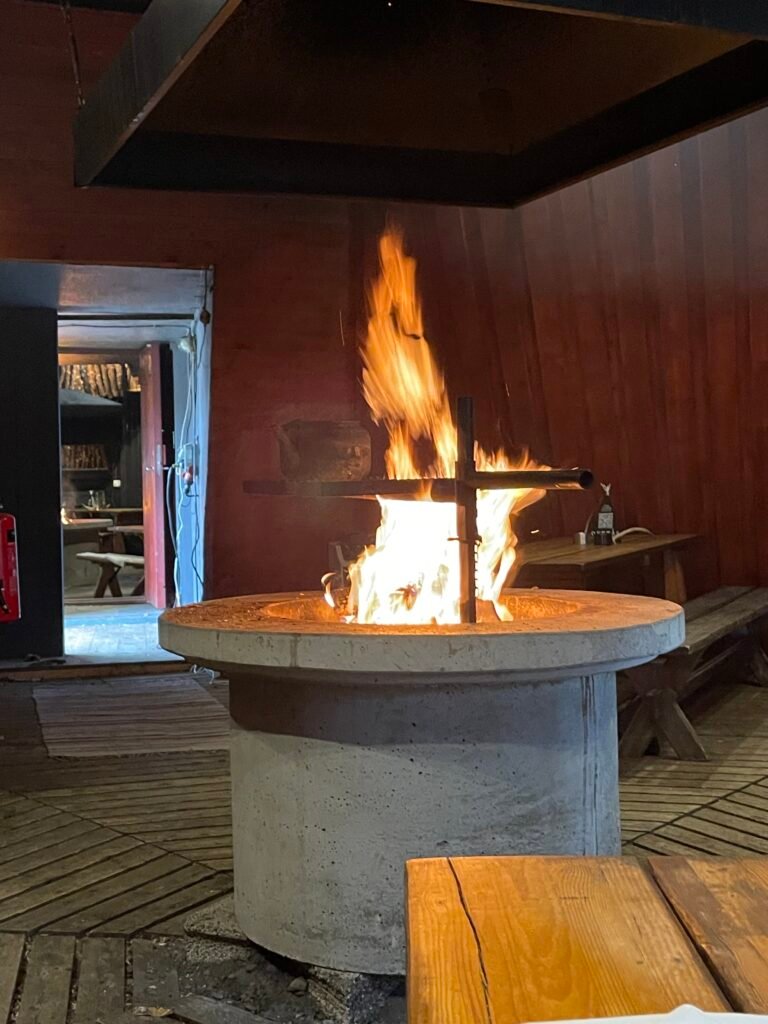
Firepit at the Sami village. We had lunch here.
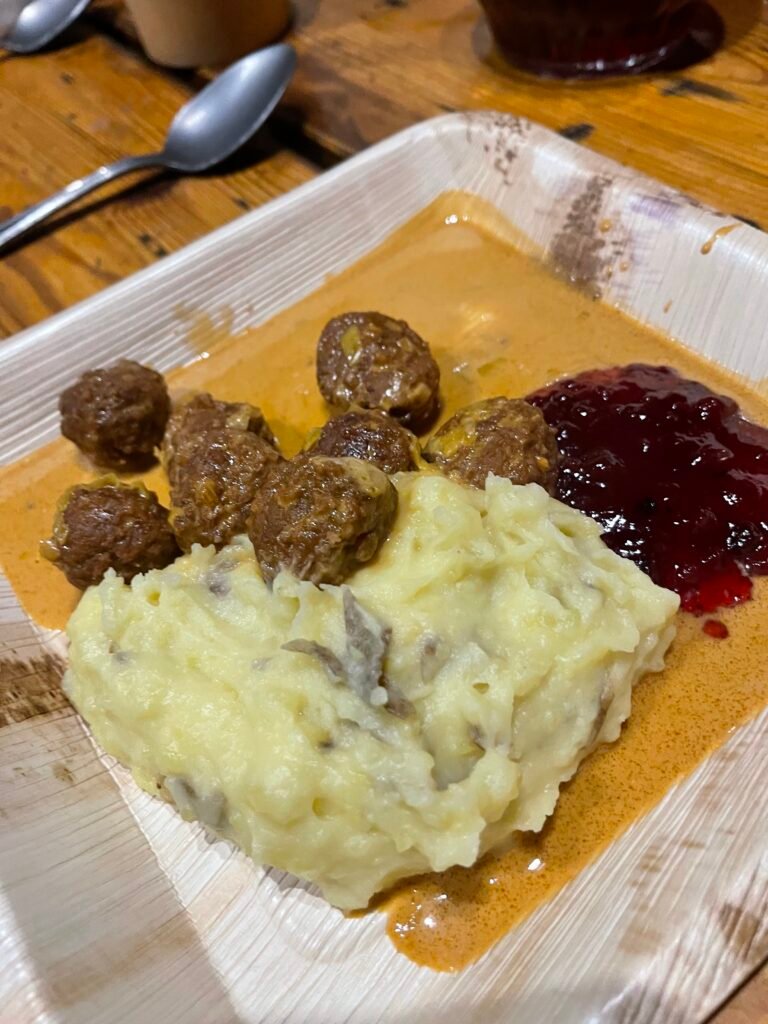
Swedish meatballs
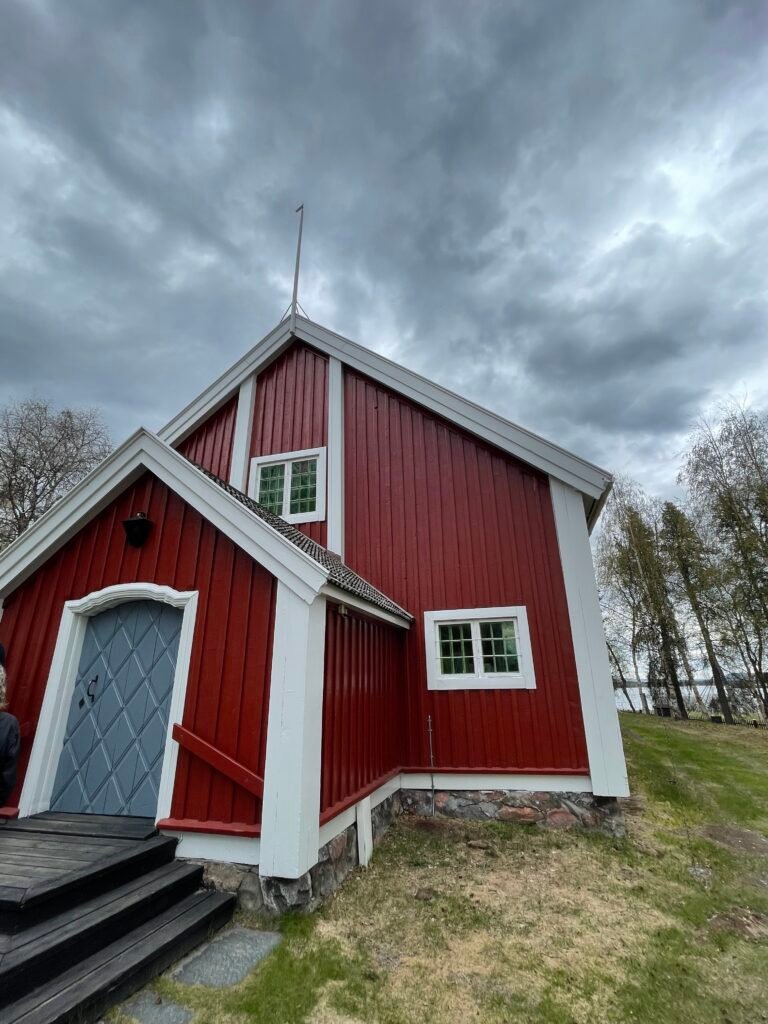
Church
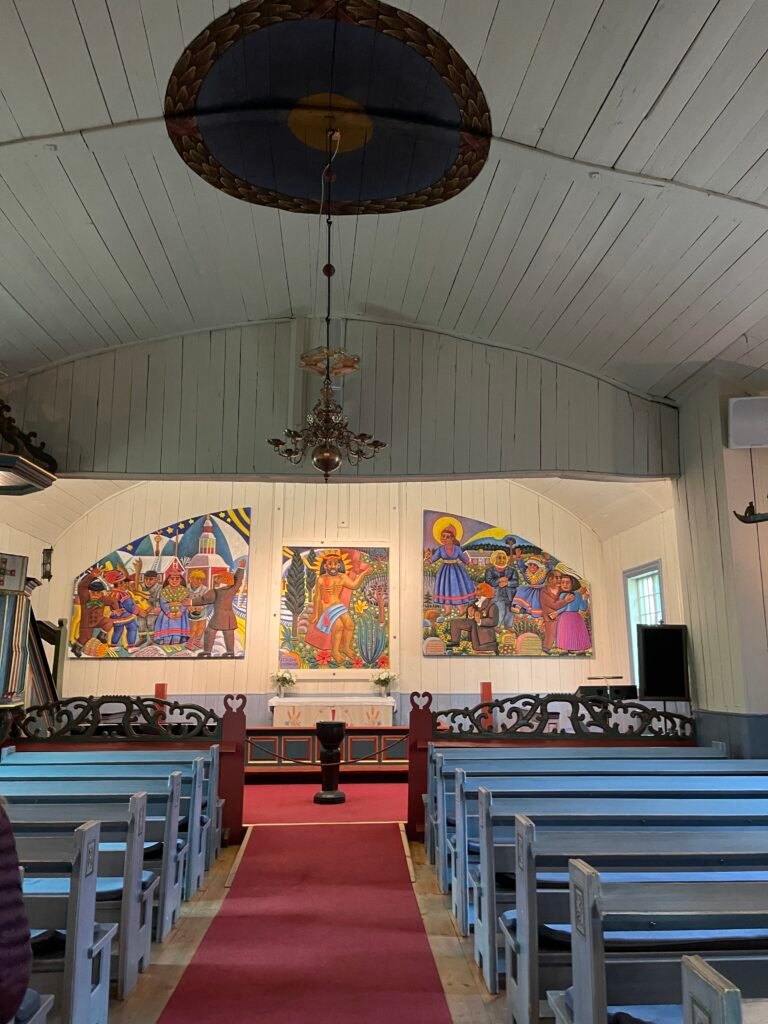
Inside the church
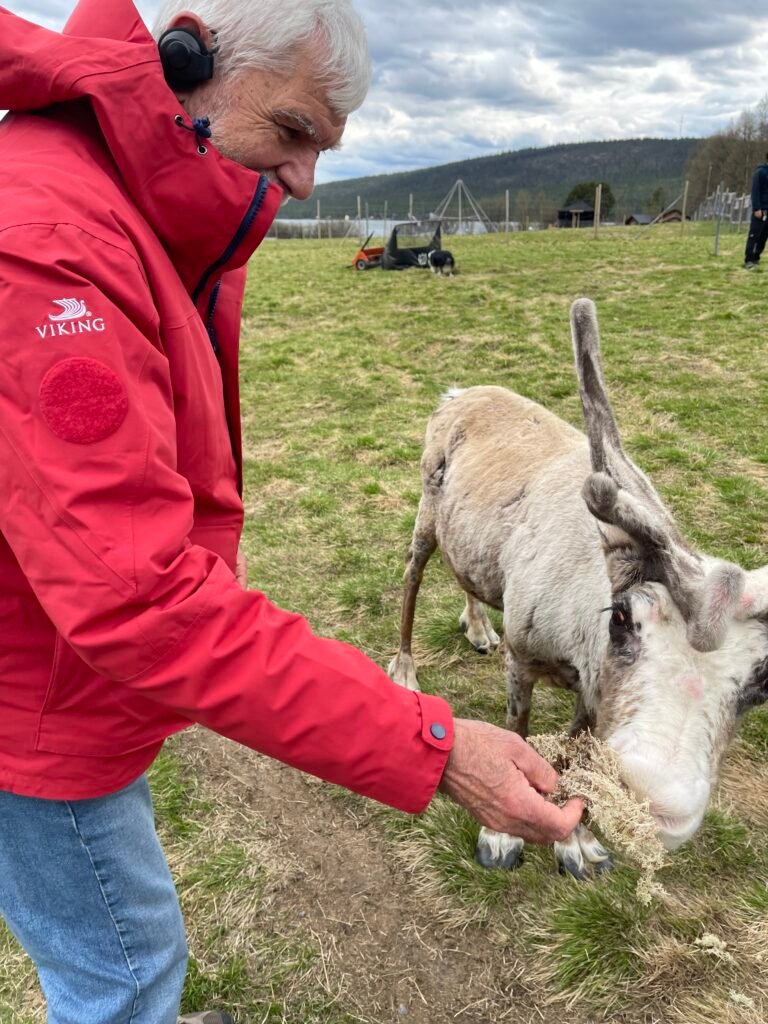
They are eating moss.
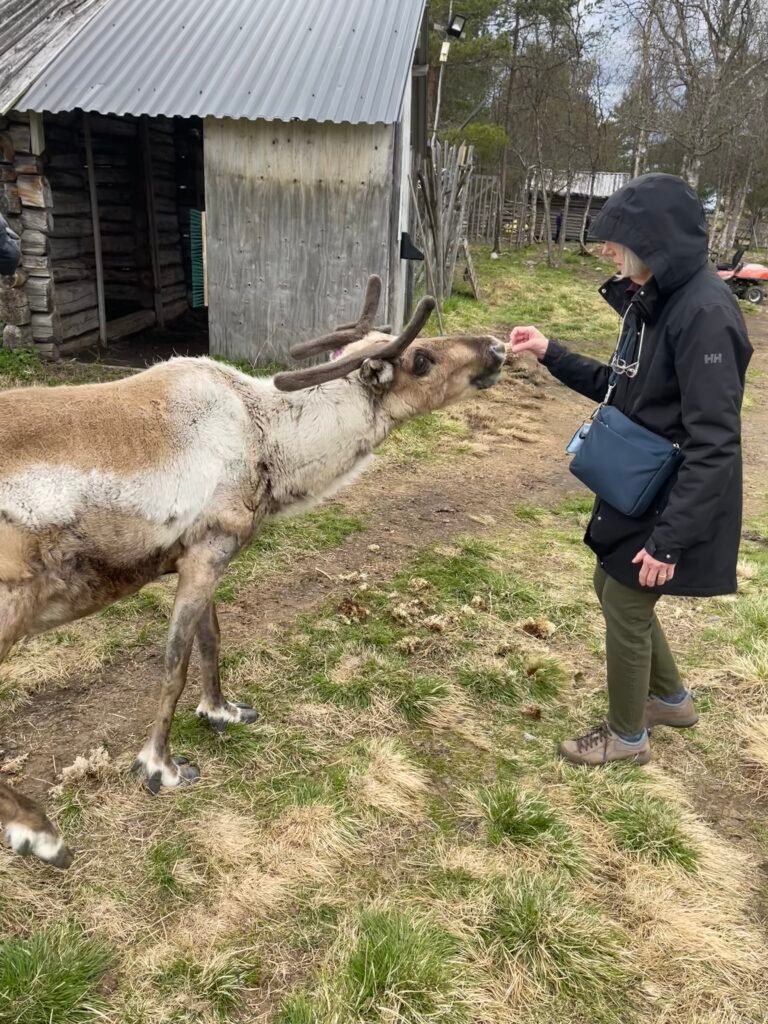
Please be gentle.
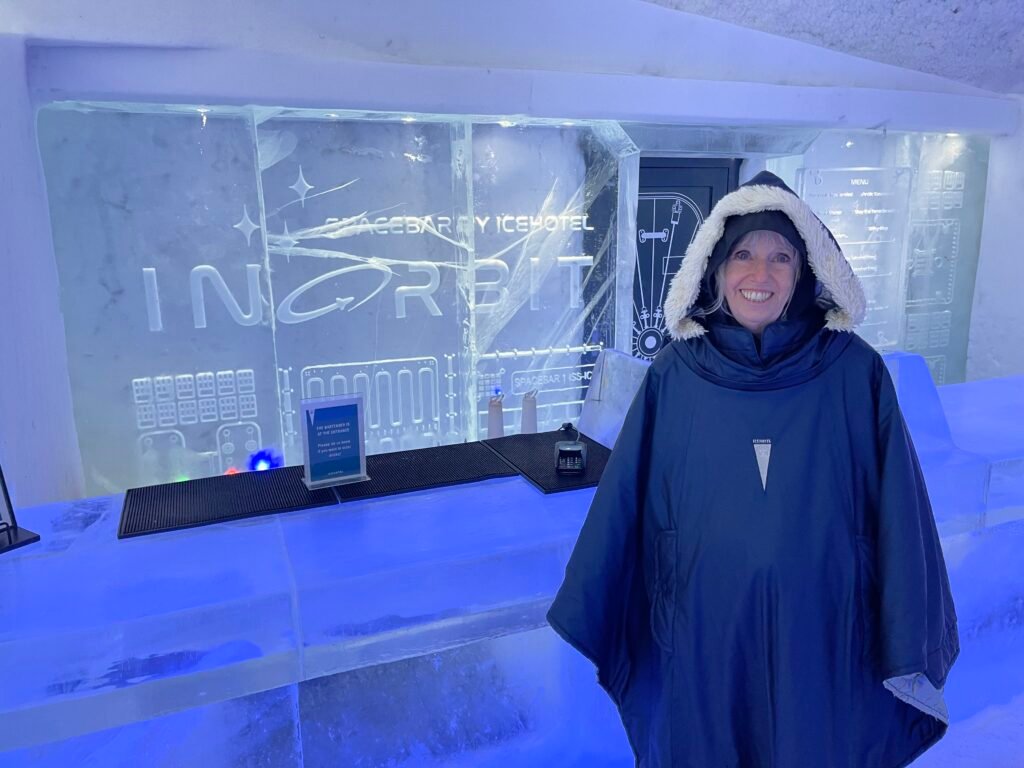
The Ice Hotel
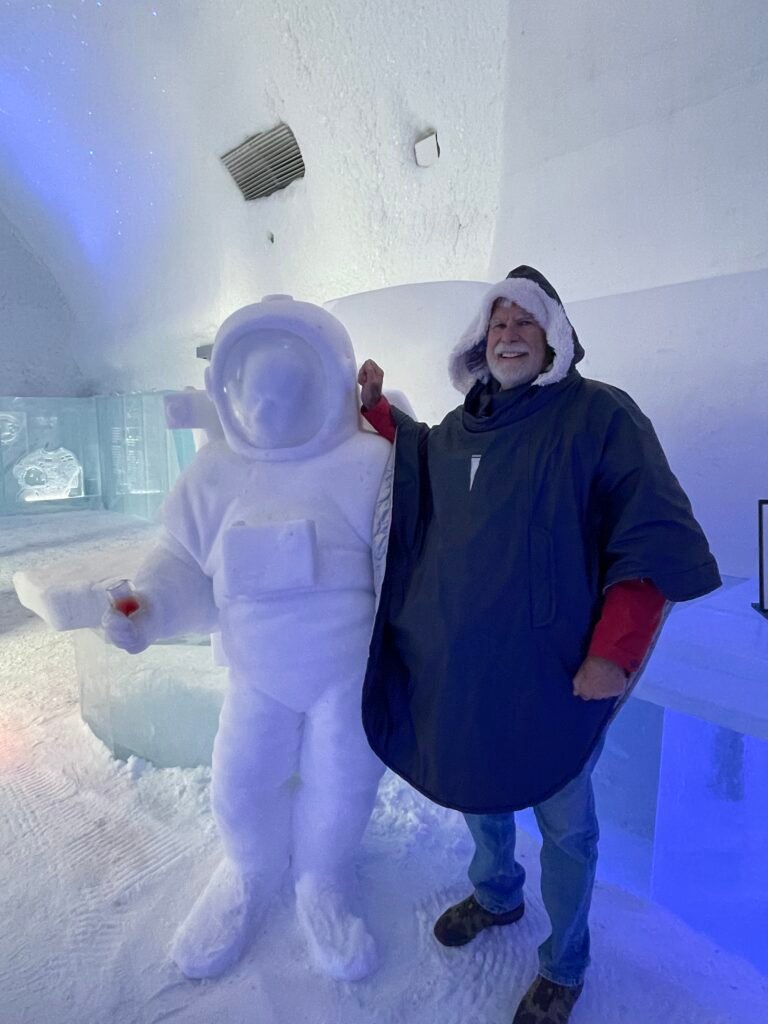
The hotel is kept at 24 degrees
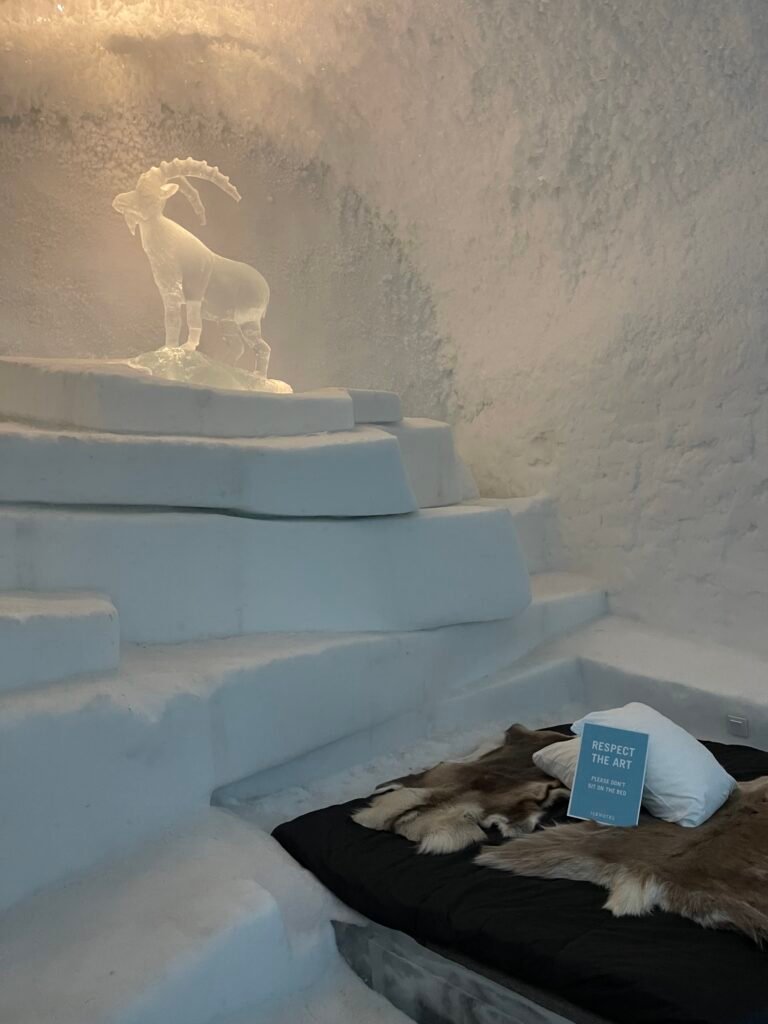
The sculptures were amazing
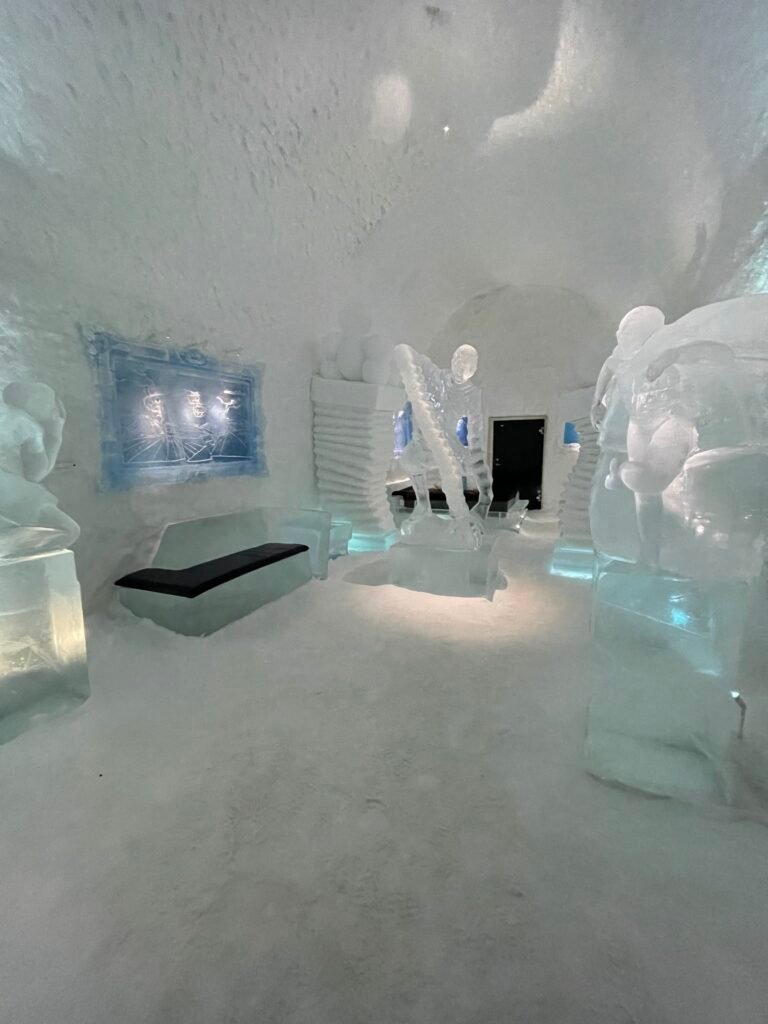
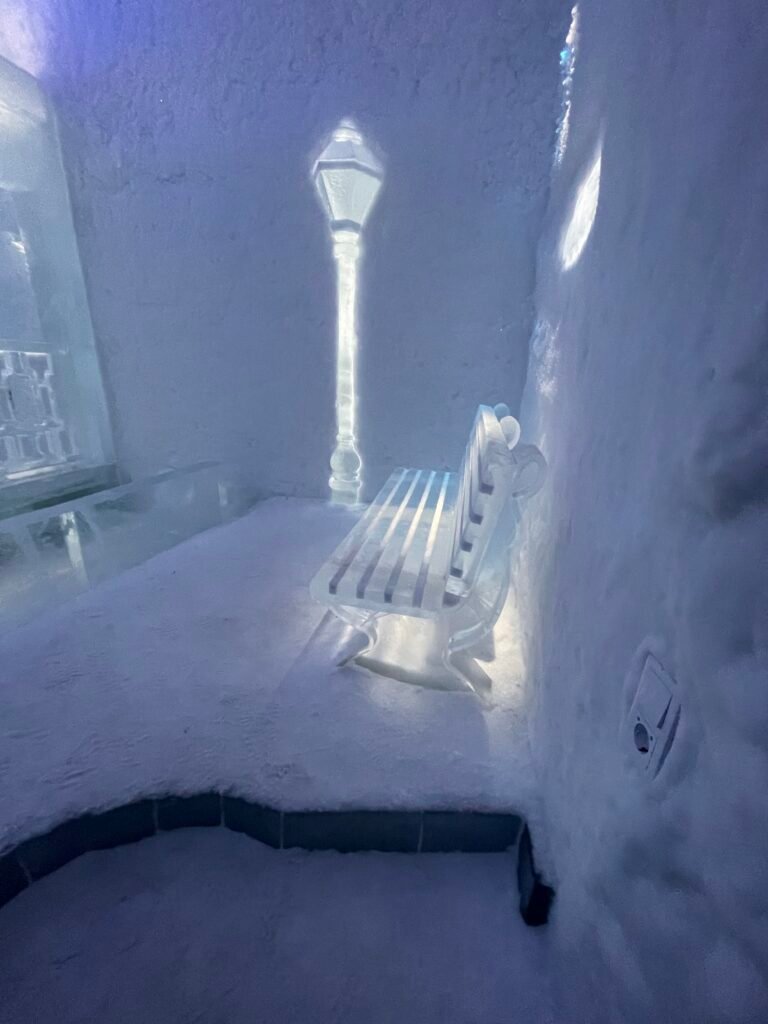
Inside one of the deluxe suites. It was made to look like a subway station.
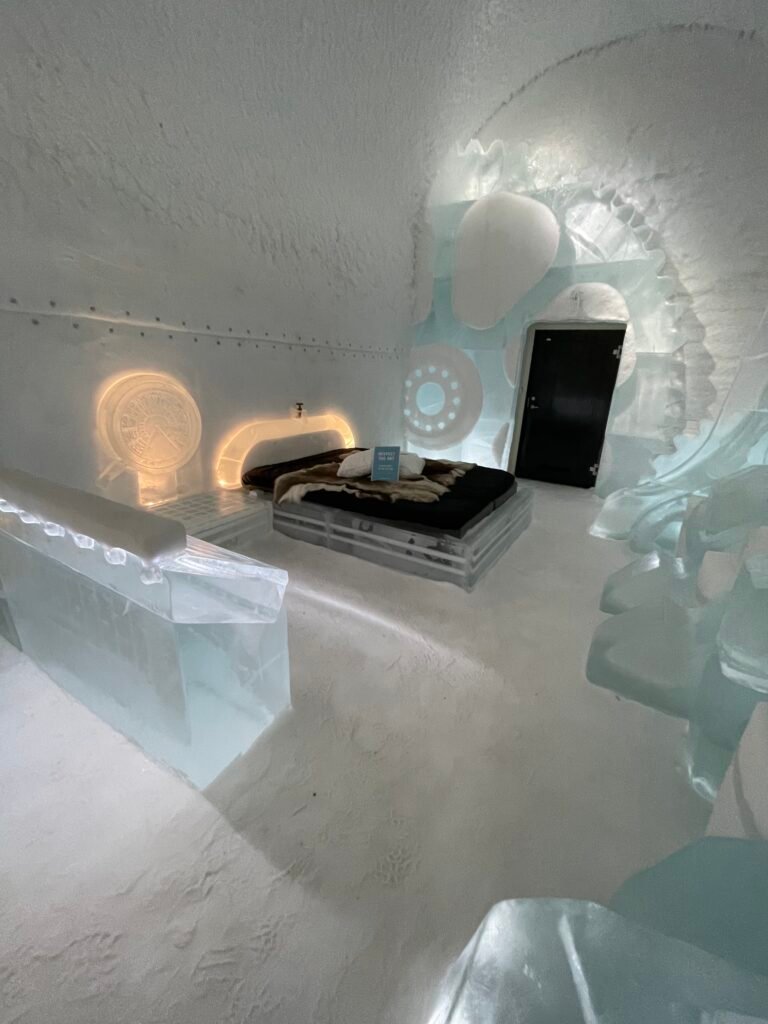
So gorgeous. Love the blue lights.
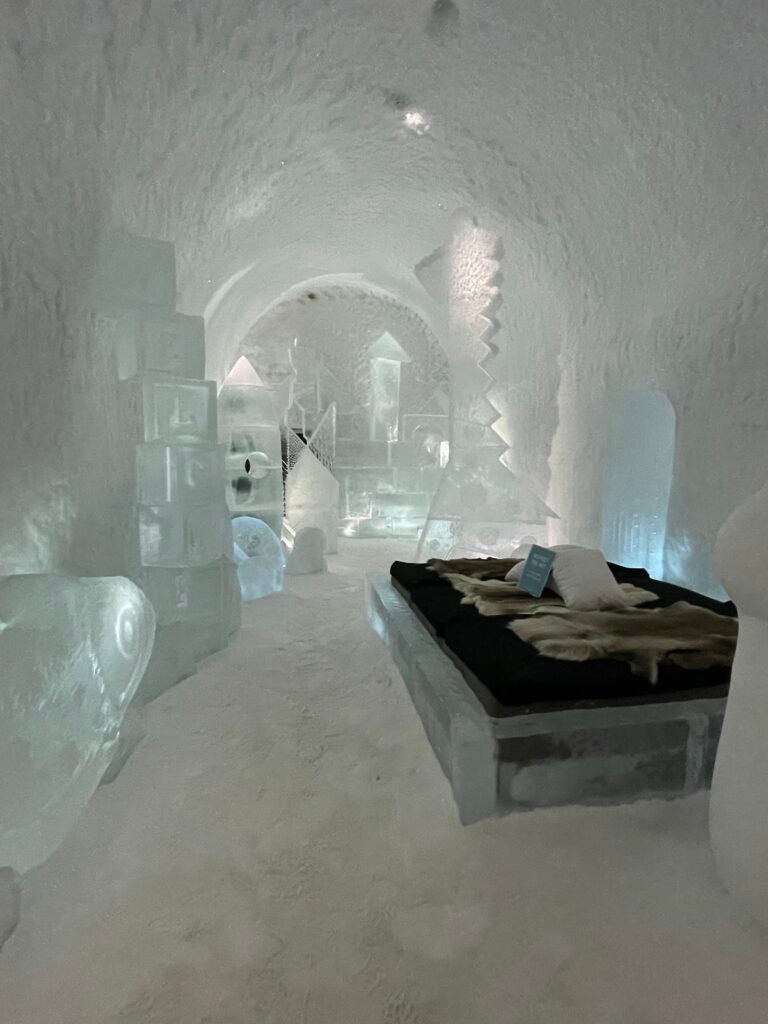
Such intricate artwork.
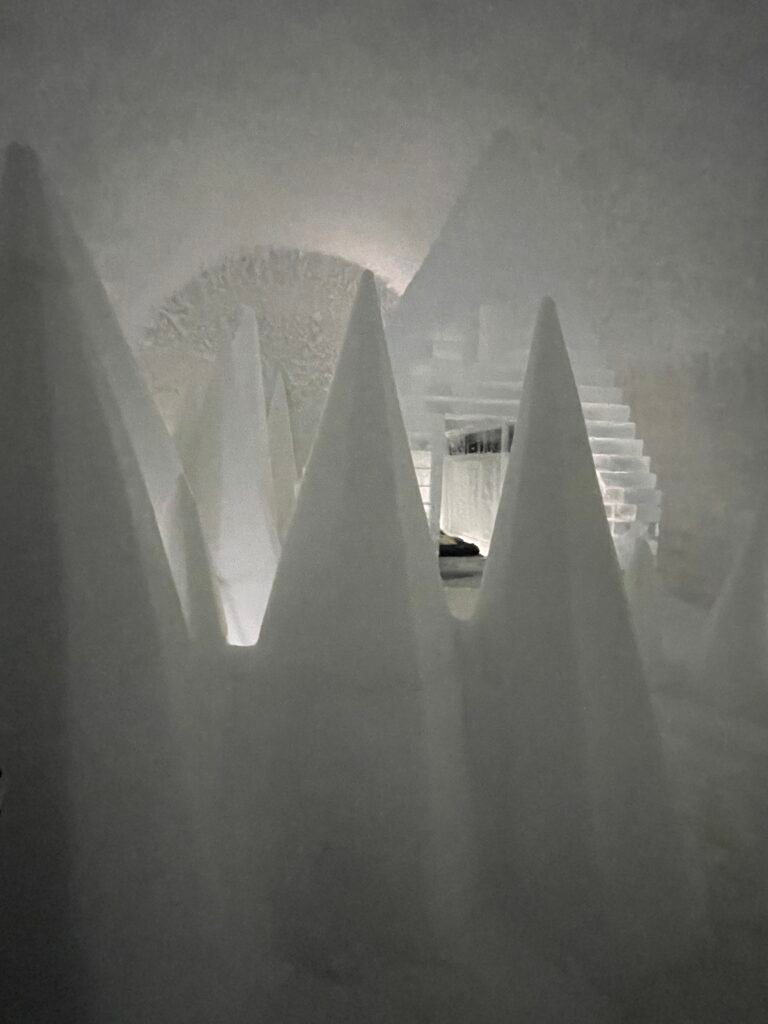
Another large suite
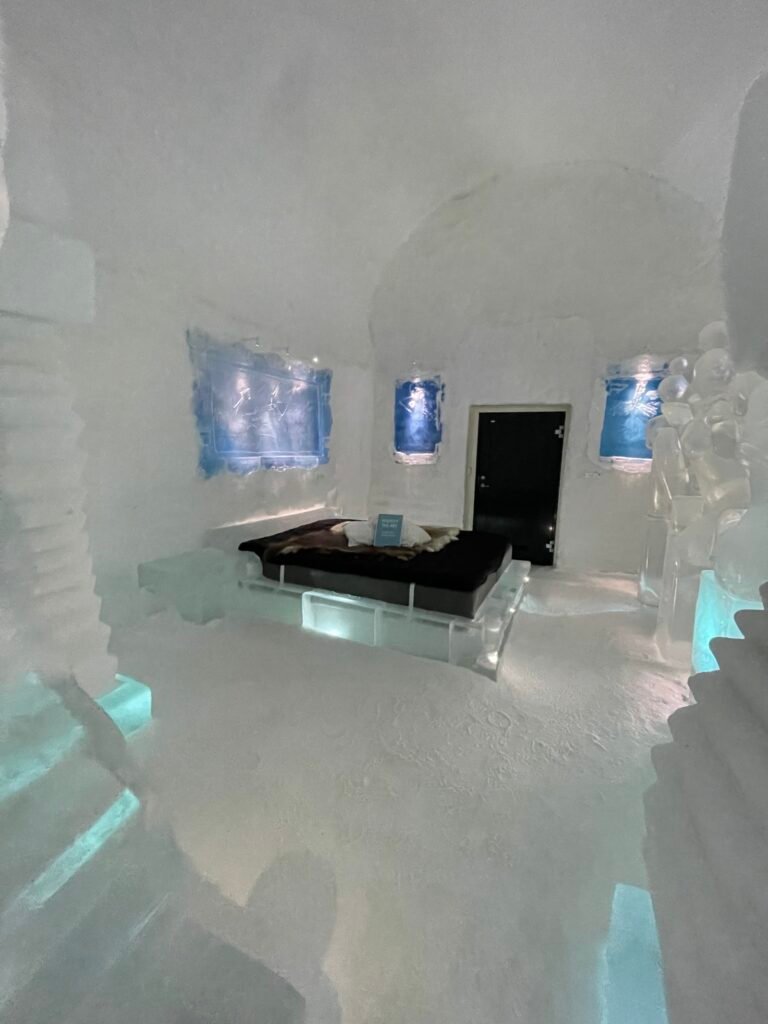
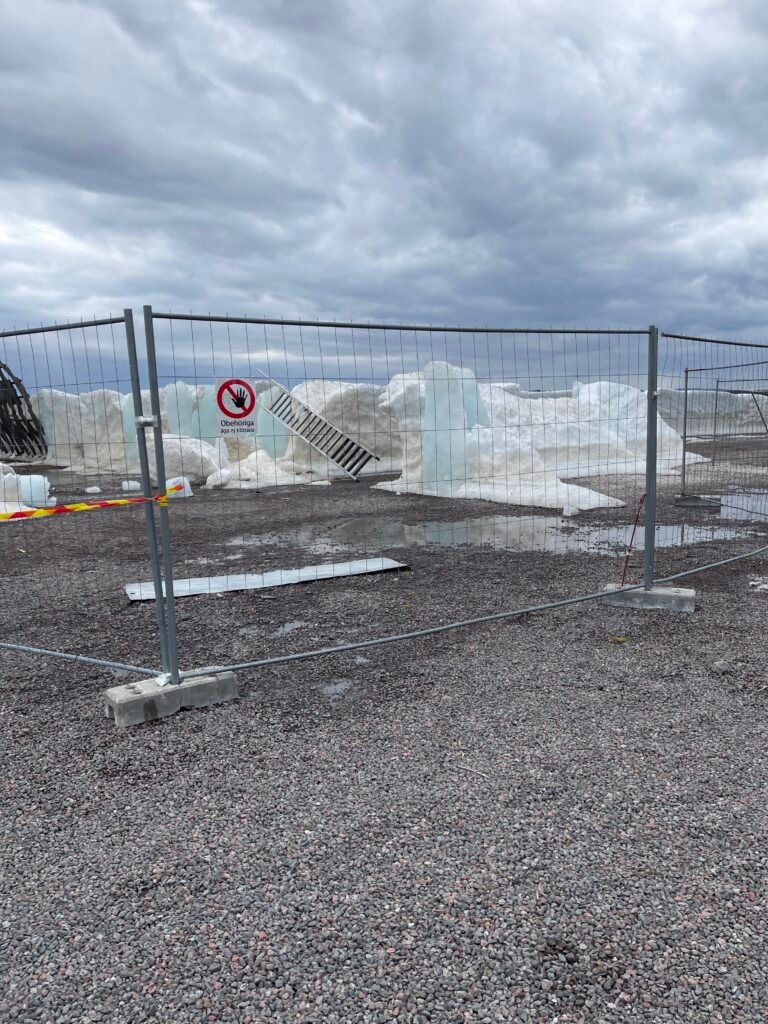
The ICEHOTEL, that was built for this past winter… melting.
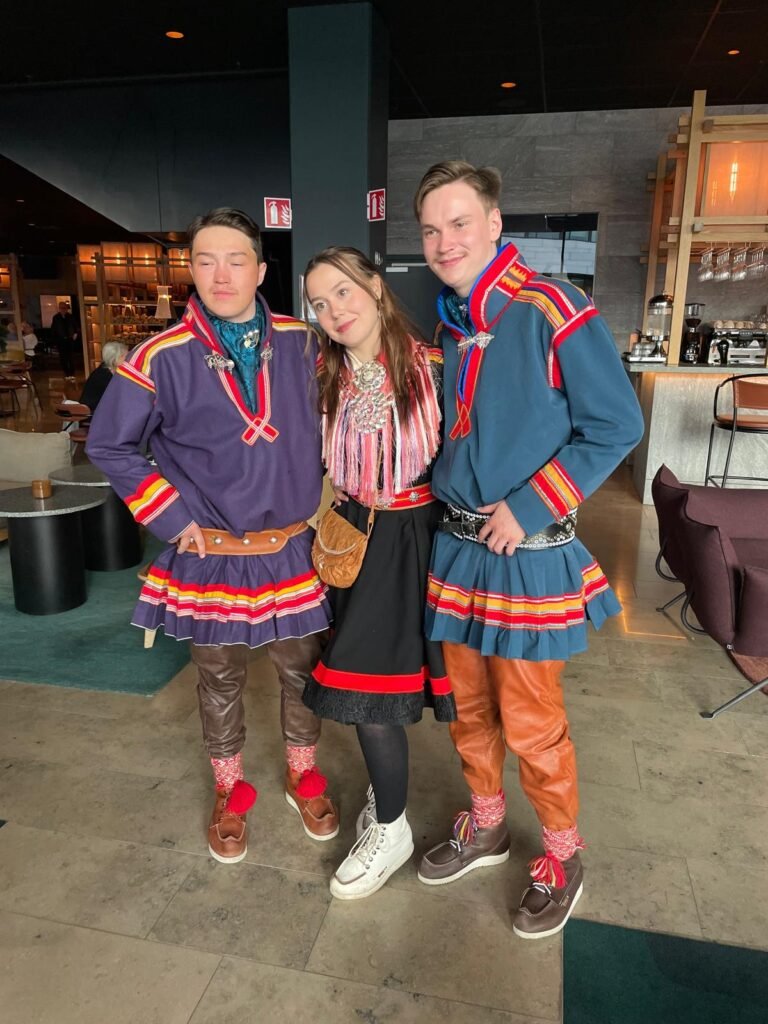
Kids dressed in traditional Sami garb for prom night.

The kids walking the red carpet into the museum for prom night.

